Home / World / California Wildfire: New Blaze Forces Thousands to Evacuate in Los Angeles Region
California Wildfire: New Blaze Forces Thousands to Evacuate in Los Angeles Region
By: My India Times
4 minutes read 4176Updated At: 2025-01-23
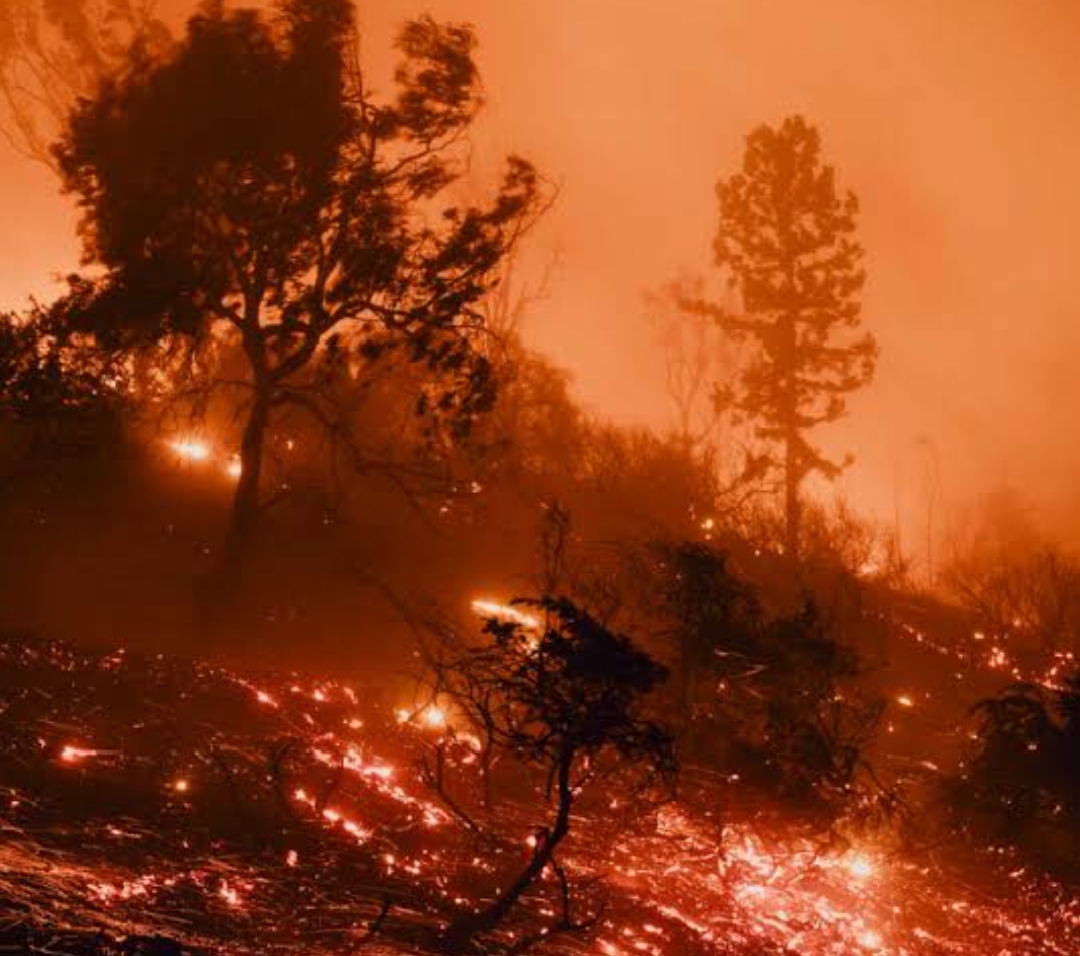
A new wildfire has ignited near Castaic Lake, located to the north of Los Angeles, resulting in mass evacuations affecting nearly 31,000 residents. The fire has rapidly expanded over 8,000 acres (approximately 3,200 hectares) in just a few hours, necessitating emergency response measures as strong Santa Ana winds combined with dry vegetation have greatly accelerated its spread.
Wildfire in the Castaic Lake Region
The blaze commenced near Castaic Lake in the Santa Clarita area, leading to the issuance of mandatory evacuation orders for 31,000 individuals. Furthermore, a segment of the I-5 freeway, a vital route in Southern California, has been shut down due to the fire's proximity. Firefighters from the California Department of Forestry and Fire Protection (Cal Fire) and personnel from Angeles National Forest are actively engaged in combating the wildfire. Aircraft, including helicopters and large firefighting planes, are deployed to drop water and retardant on the affected regions to contain the flames.
Mandatory Evacuation Notices
As the fire quickly advanced, local residents received emergency notifications urging immediate evacuation. One resident expressed their concern, stating, "I’m just hoping that our house doesn’t go up in flames.” Close to the fire zone, the Pitchess Detention Center in Castaic also underwent evacuation, relocating approximately 500 inmates to alternate facilities. Officials from the Los Angeles County Sheriff’s Department indicated that plans are in place to transfer an additional 4,600 inmates if conditions worsen.
Fire Origin
Fire officials indicate that the combination of strong winds, low humidity, and dry vegetation has created ideal conditions for the wildfire's rapid expansion. Meteorologist Daniel Sweeney cautioned that the fierce winds could impede helicopter operations, complicating firefighting efforts. Authorities are also apprehensive that the fire may extend into adjacent Ventura County, which is similarly facing dry conditions and contains dense fuel beds, heightening the risk of additional devastation.
The Escalating Threat of Climate Change
This wildfire exemplifies more than just a seasonal hazard; it highlights the escalating effects of climate change. Experts assert that human activities, especially the combustion of fossil fuels, contribute to increasing global temperatures, resulting in more frequent wildfires, particularly in regions like Southern California where prolonged droughts and hot, arid conditions are becoming commonplace.
In addition to this, the record-high temperatures experienced in recent years have made wildfire seasons longer and more intense, placing immense pressure on firefighting resources and communities. This trend shows no signs of reversing, and experts predict that the frequency of such devastating events will only continue to increase.
Drought Conditions in Southern California
Typically, January marks the start of the rainy season in Southern California, but this year, the region has faced an ongoing drought. For the past eight months, there has been little to no significant rainfall, exacerbating the already dry conditions. This extended dry spell has created an environment that is exceptionally conducive to wildfires, making rural and suburban areas more vulnerable than ever.
Firefighters and emergency responders are working tirelessly to protect residents and property, but the challenges are immense. With the dry conditions showing no sign of letting up, and with strong winds fueling the flames, the situation remains highly precarious.
Ongoing Challenges
As authorities battle the blaze, the situation is still evolving. Hundreds of fire crews are on the ground, and aerial firefighting units continue to drop water and retardant to slow the fire's advance. While some progress has been made in containing smaller portions of the fire, it is still far from under control.
Local authorities are also preparing for the possibility of additional evacuations if the fire spreads further. Residents in affected areas are urged to stay updated through official channels and evacuate as needed to ensure their safety.
Looking Ahead
This devastating fire serves as a reminder of the growing risks posed by climate change, as well as the importance of preparedness and swift action in the face of such disasters. With emergency response teams working around the clock, the hope remains that containment will be achieved soon, but the long-term impacts of this and similar fires will likely continue to challenge communities across California for years to come.
As Southern California grapples with this fire, it becomes more evident that the fight against climate change, along with improved wildfire preparedness and prevention measures, is crucial to reducing the severity of such catastrophic events in the future. Until then, residents, firefighters, and officials will continue their battle against one of the most destructive forces nature can unleash.
This piece was tailored for SEO purposes to ensure high visibility while providing an engaging and informative narrative of the ongoing wildfire crisis in California.
....A new wildfire has ignited near Castaic Lake, located to the north of Los Angeles, resulting in mass evacuations affecting nearly 31,000 residents. The fire has rapidly expanded over 8,000 acres (approximately 3,200 hectares) in just a few hours, necessitating emergency response measures as strong Santa Ana winds combined with dry vegetation have greatly accelerated its spread.
Wildfire in the Castaic Lake Region
The blaze commenced near Castaic Lake in the Santa Clarita area, leading to the issuance of mandatory evacuation orders for 31,000 individuals. Furthermore, a segment of the I-5 freeway, a vital route in Southern California, has been shut down due to the fire's proximity. Firefighters from the California Department of Forestry and Fire Protection (Cal Fire) and personnel from Angeles National Forest are actively engaged in combating the wildfire. Aircraft, including helicopters and large firefighting planes, are deployed to drop water and retardant on the affected regions to contain the flames.
Mandatory Evacuation Notices
As the fire quickly advanced, local residents received emergency notifications urging immediate evacuation. One resident expressed their concern, stating, "I’m just hoping that our house doesn’t go up in flames.” Close to the fire zone, the Pitchess Detention Center in Castaic also underwent evacuation, relocating approximately 500 inmates to alternate facilities. Officials from the Los Angeles County Sheriff’s Department indicated that plans are in place to transfer an additional 4,600 inmates if conditions worsen.
Fire Origin
Fire officials indicate that the combination of strong winds, low humidity, and dry vegetation has created ideal conditions for the wildfire's rapid expansion. Meteorologist Daniel Sweeney cautioned that the fierce winds could impede helicopter operations, complicating firefighting efforts. Authorities are also apprehensive that the fire may extend into adjacent Ventura County, which is similarly facing dry conditions and contains dense fuel beds, heightening the risk of additional devastation.
The Escalating Threat of Climate Change
This wildfire exemplifies more than just a seasonal hazard; it highlights the escalating effects of climate change. Experts assert that human activities, especially the combustion of fossil fuels, contribute to increasing global temperatures, resulting in more frequent wildfires, particularly in regions like Southern California where prolonged droughts and hot, arid conditions are becoming commonplace.
In addition to this, the record-high temperatures experienced in recent years have made wildfire seasons longer and more intense, placing immense pressure on firefighting resources and communities. This trend shows no signs of reversing, and experts predict that the frequency of such devastating events will only continue to increase.
Drought Conditions in Southern California
Typically, January marks the start of the rainy season in Southern California, but this year, the region has faced an ongoing drought. For the past eight months, there has been little to no significant rainfall, exacerbating the already dry conditions. This extended dry spell has created an environment that is exceptionally conducive to wildfires, making rural and suburban areas more vulnerable than ever.
Firefighters and emergency responders are working tirelessly to protect residents and property, but the challenges are immense. With the dry conditions showing no sign of letting up, and with strong winds fueling the flames, the situation remains highly precarious.
Ongoing Challenges
As authorities battle the blaze, the situation is still evolving. Hundreds of fire crews are on the ground, and aerial firefighting units continue to drop water and retardant to slow the fire's advance. While some progress has been made in containing smaller portions of the fire, it is still far from under control.
Local authorities are also preparing for the possibility of additional evacuations if the fire spreads further. Residents in affected areas are urged to stay updated through official channels and evacuate as needed to ensure their safety.
Looking Ahead
This devastating fire serves as a reminder of the growing risks posed by climate change, as well as the importance of preparedness and swift action in the face of such disasters. With emergency response teams working around the clock, the hope remains that containment will be achieved soon, but the long-term impacts of this and similar fires will likely continue to challenge communities across California for years to come.
As Southern California grapples with this fire, it becomes more evident that the fight against climate change, along with improved wildfire preparedness and prevention measures, is crucial to reducing the severity of such catastrophic events in the future. Until then, residents, firefighters, and officials will continue their battle against one of the most destructive forces nature can unleash.
This piece was tailored for SEO purposes to ensure high visibility while providing an engaging and informative narrative of the ongoing wildfire crisis in California.
By: My India Times
Updated At: 2025-01-23
Tags: World News | My India Times News | Trending News | Travel News
Join our WhatsApp Channel











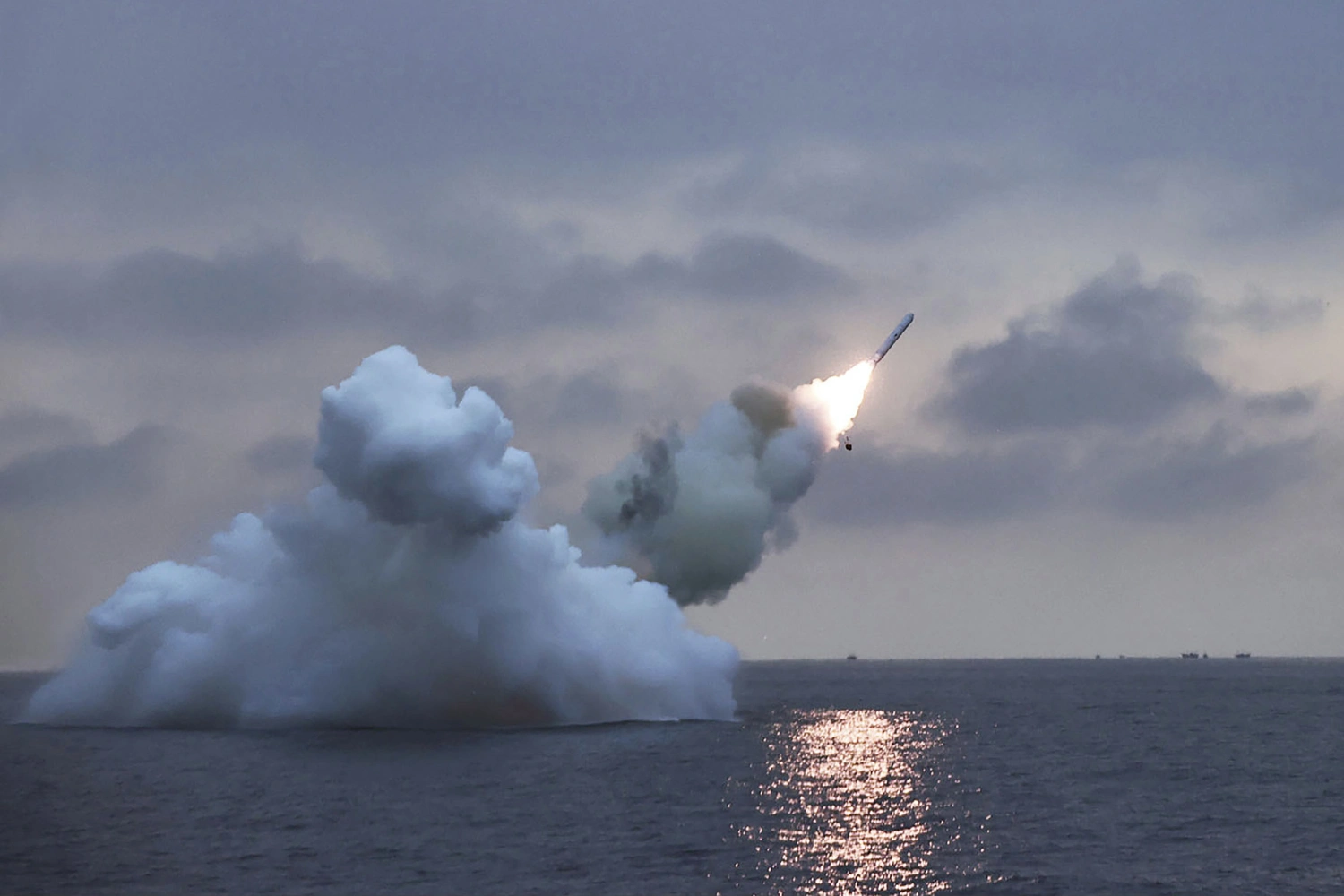



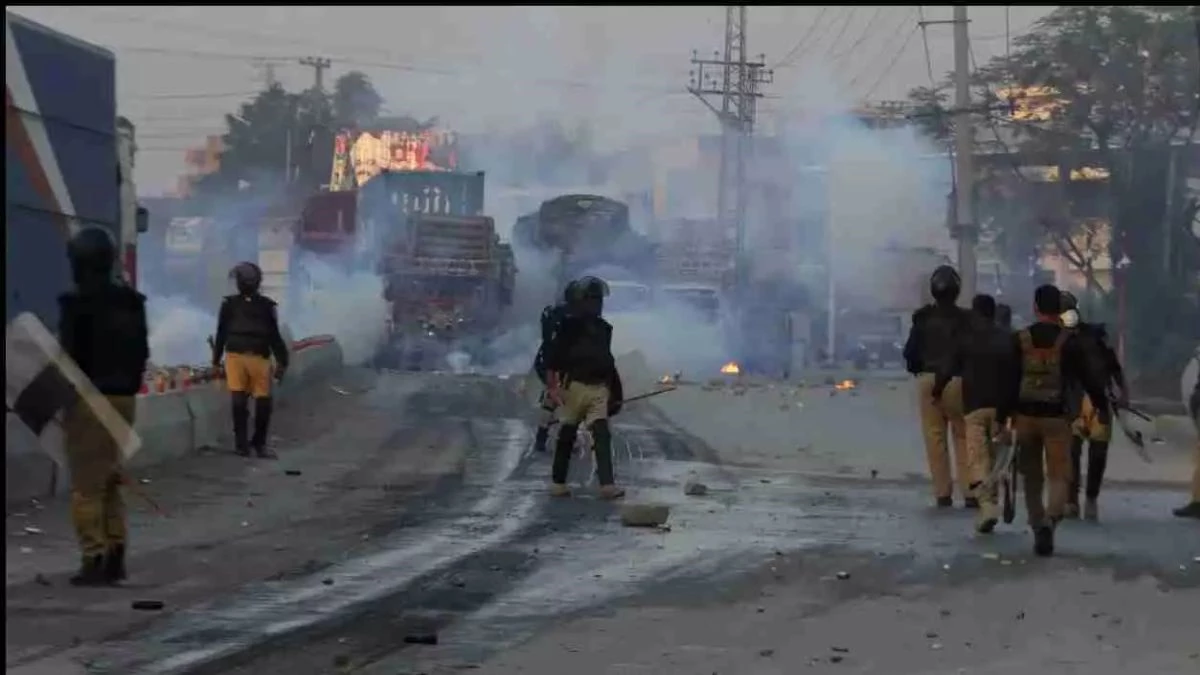
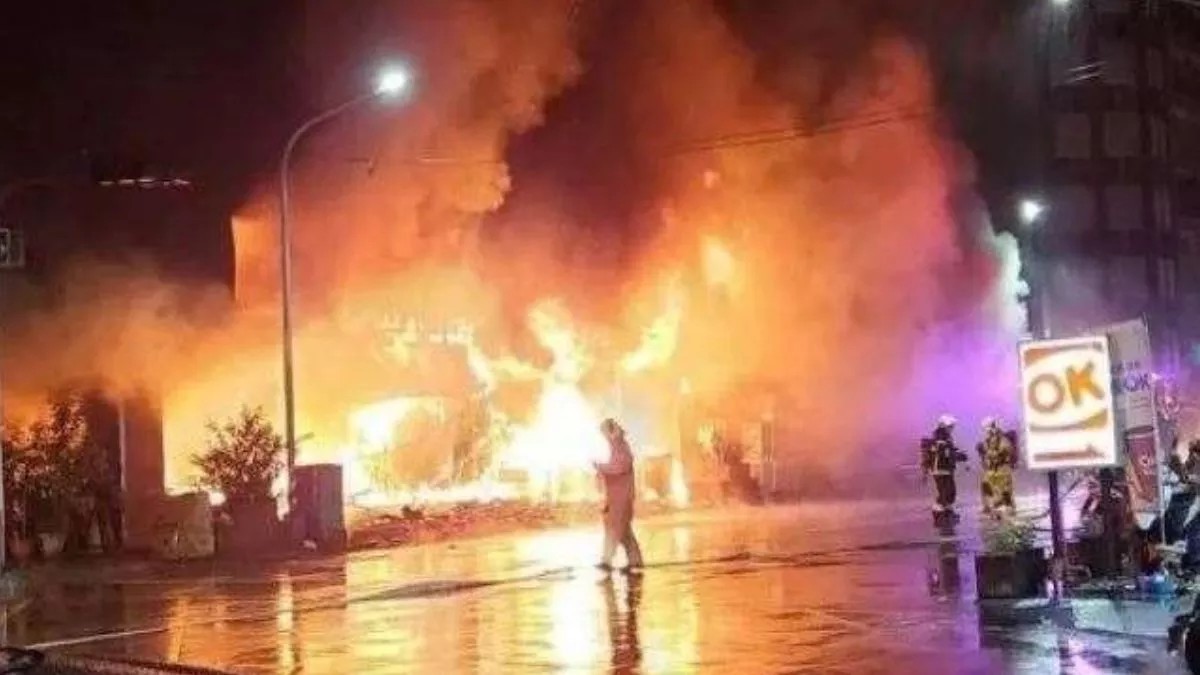
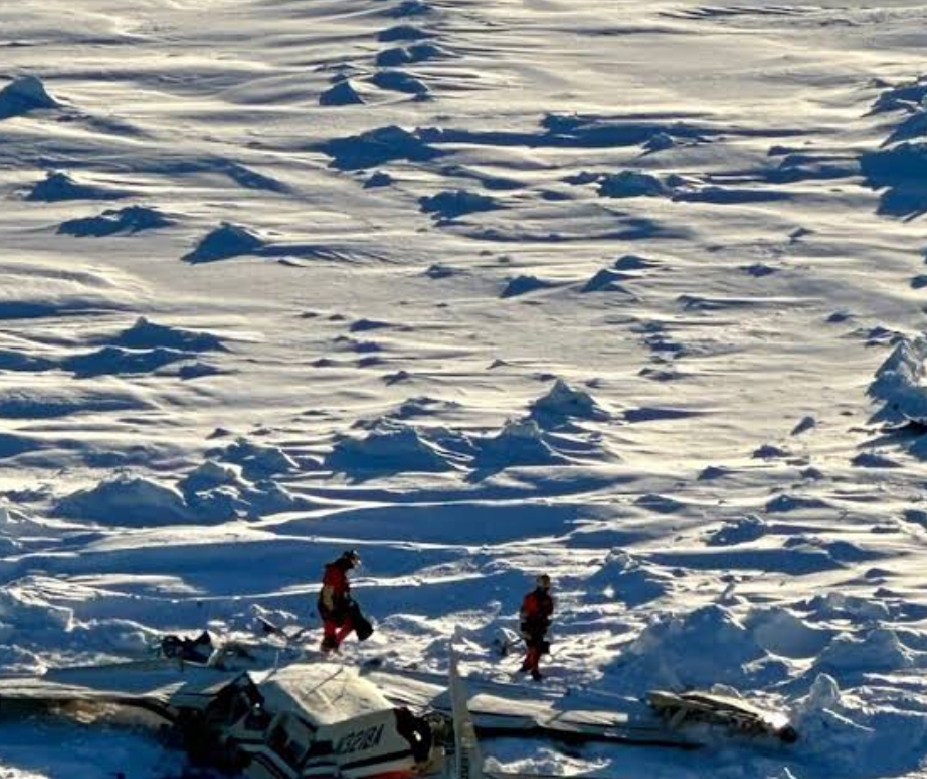

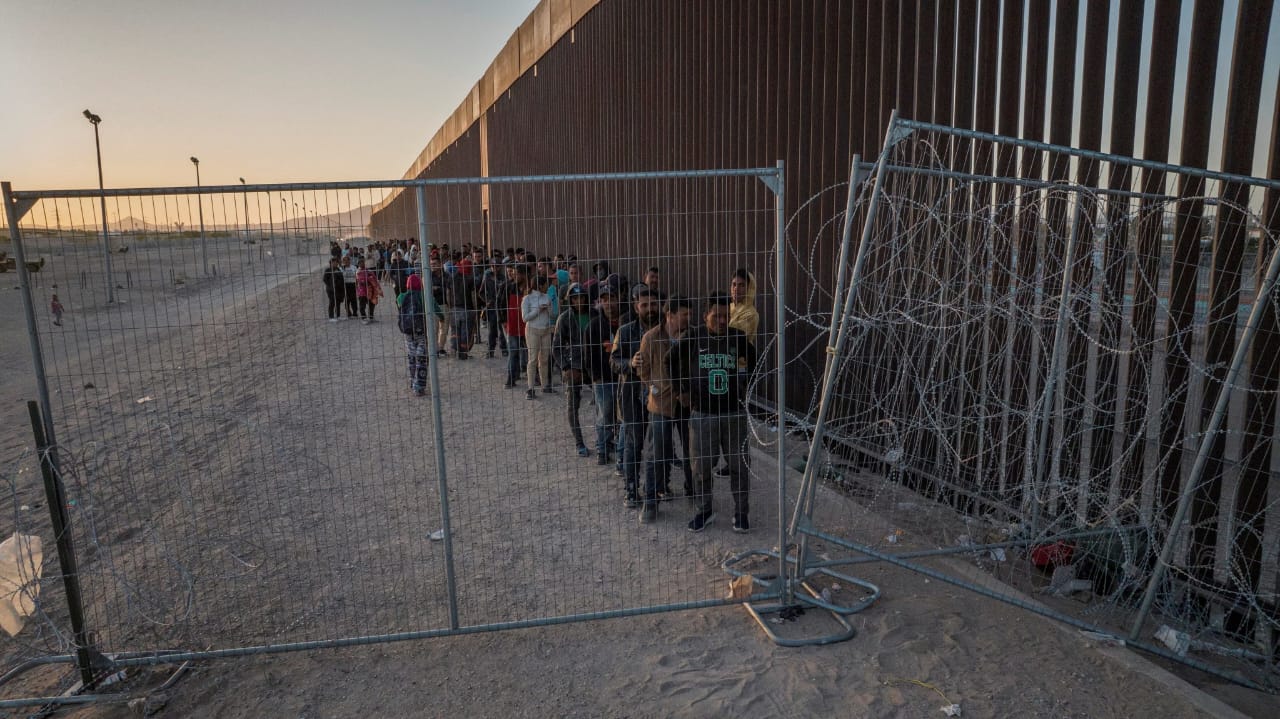



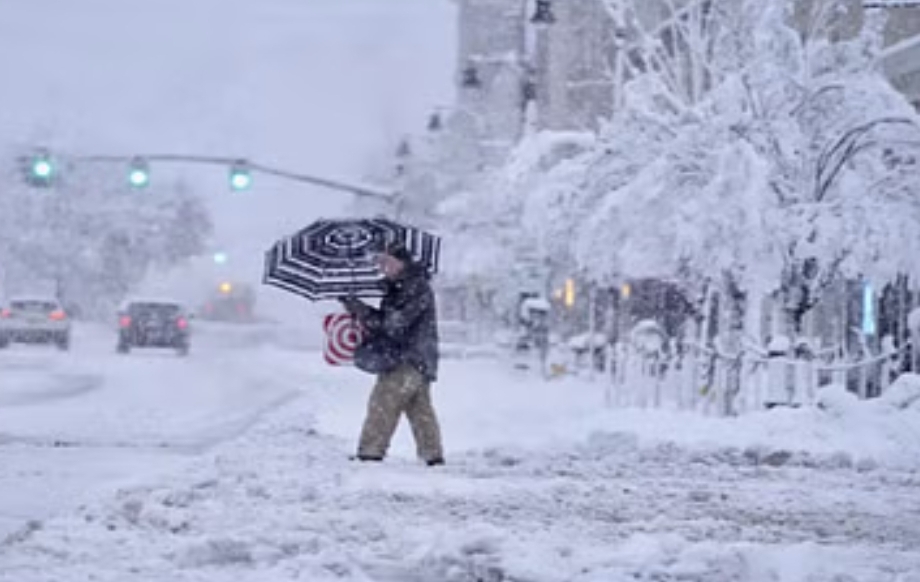



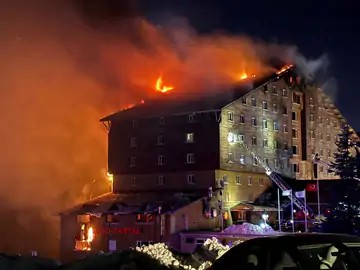
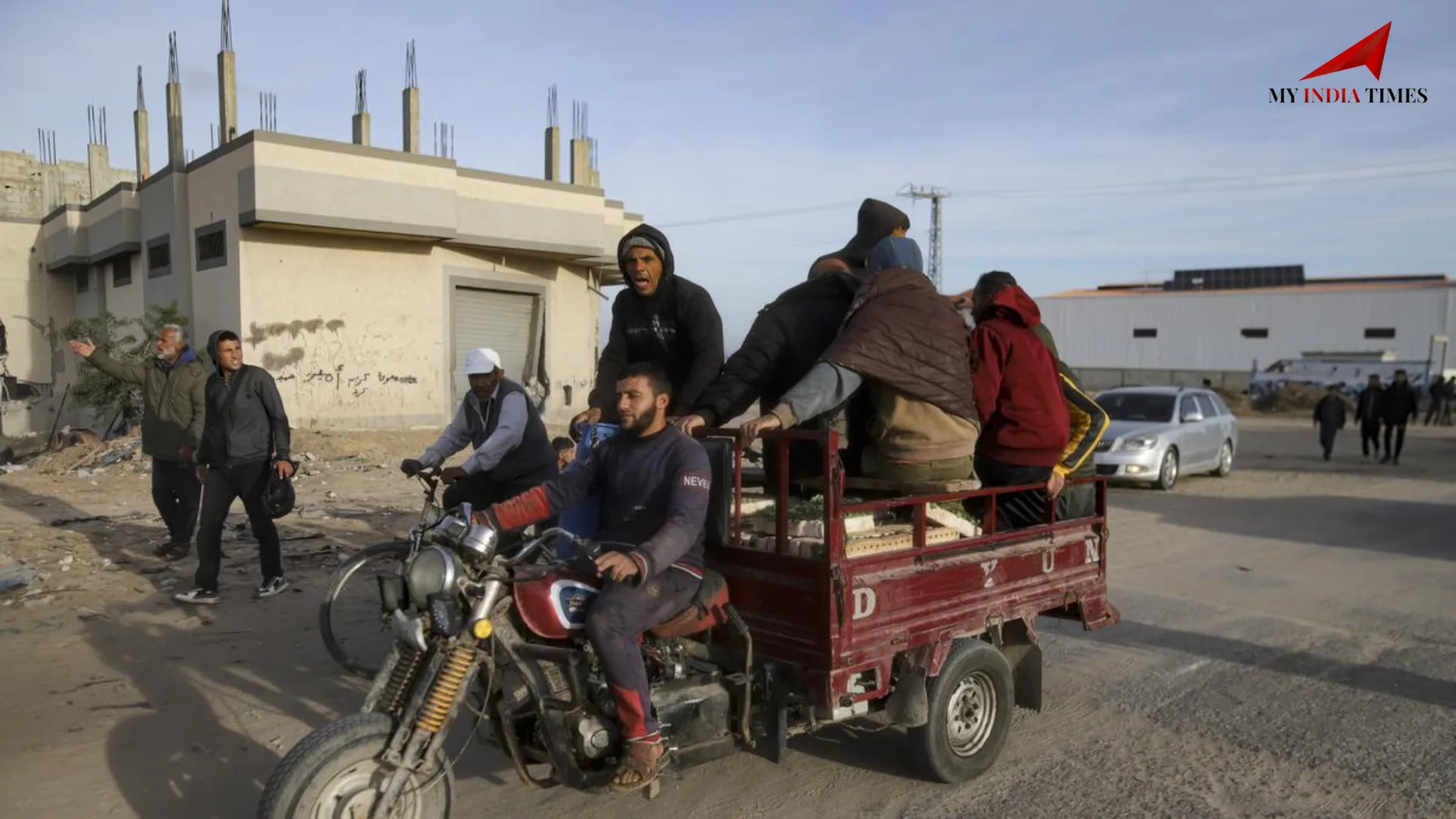








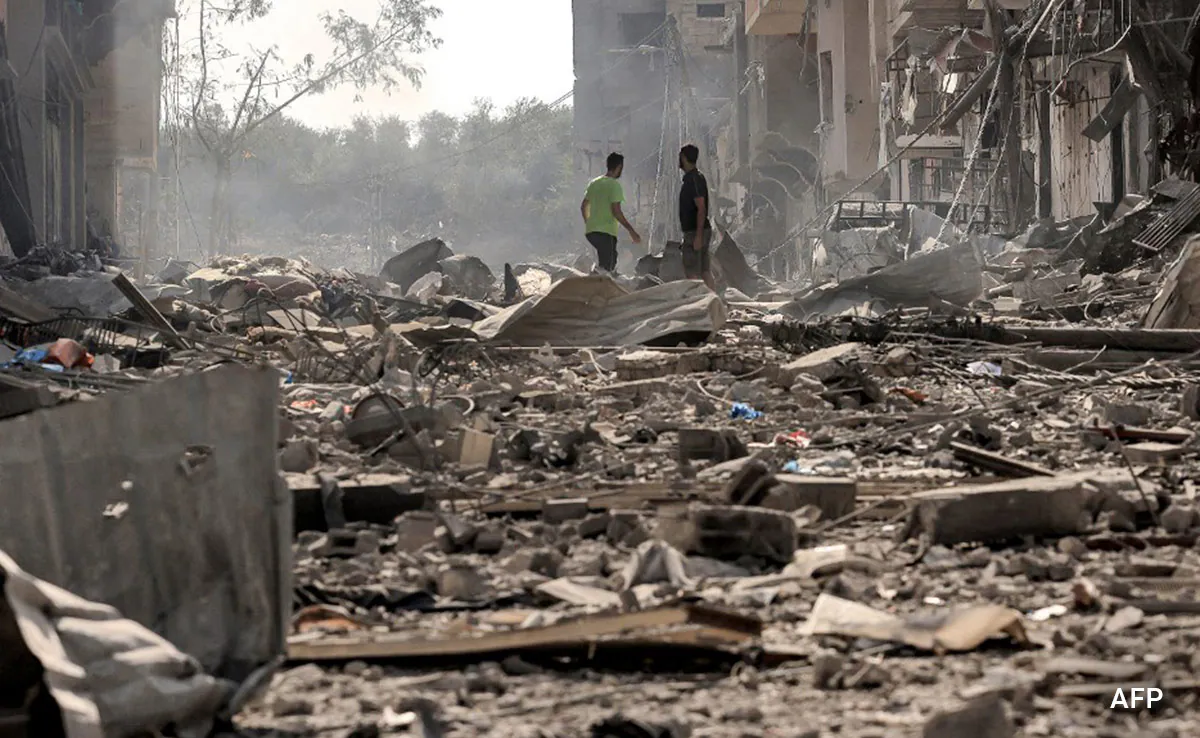



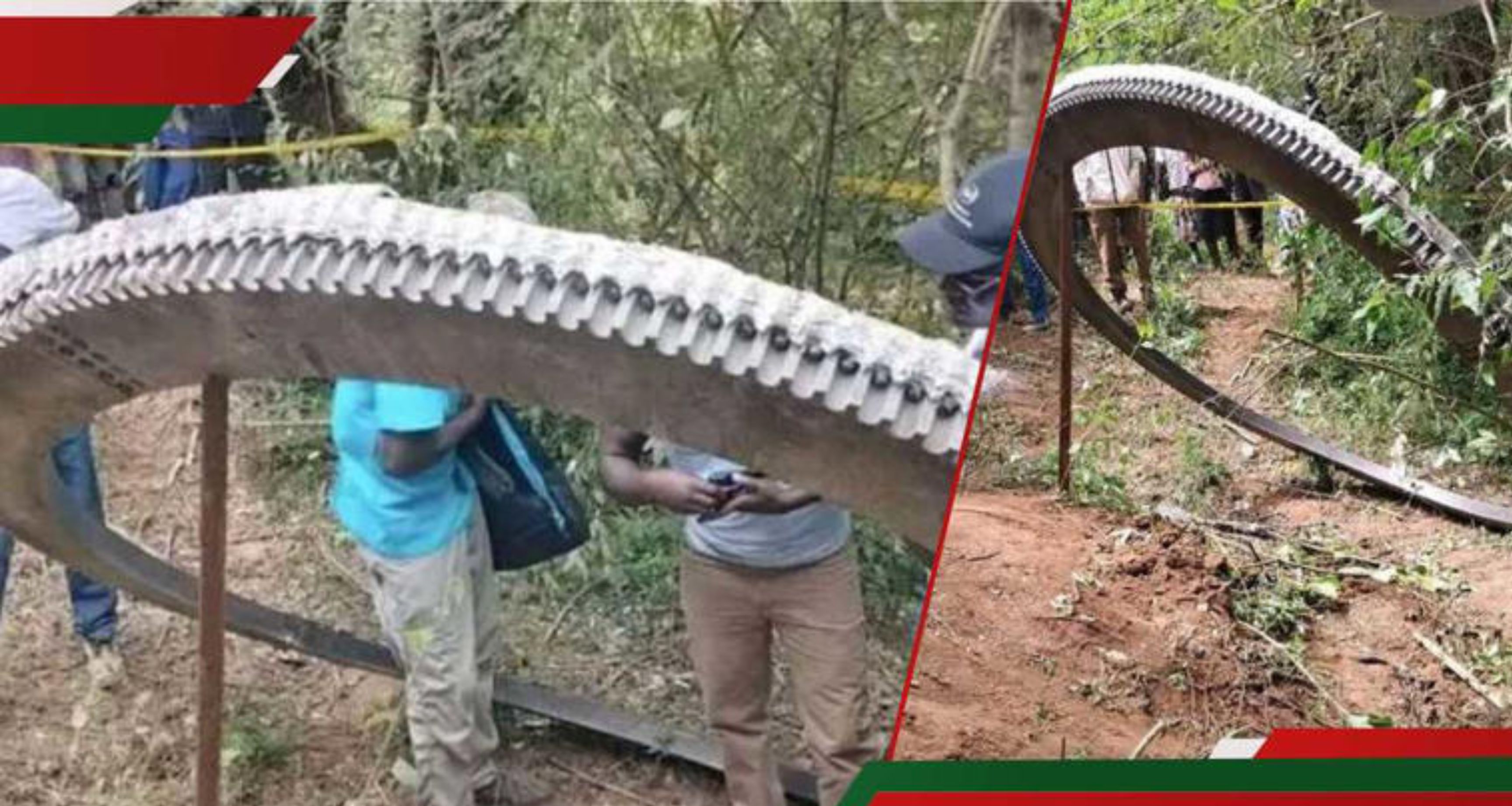
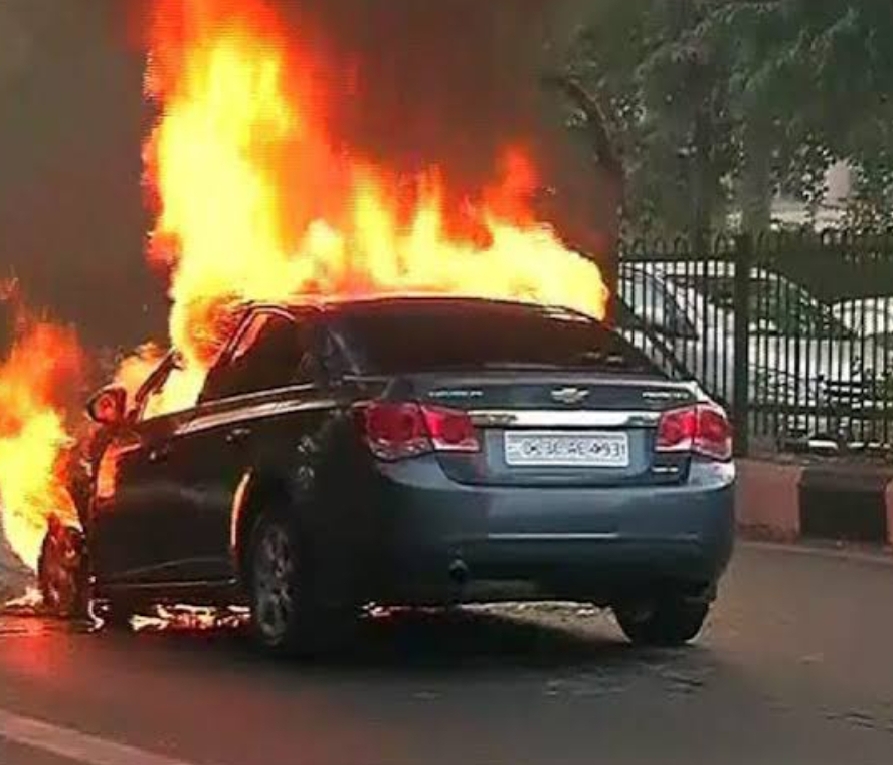



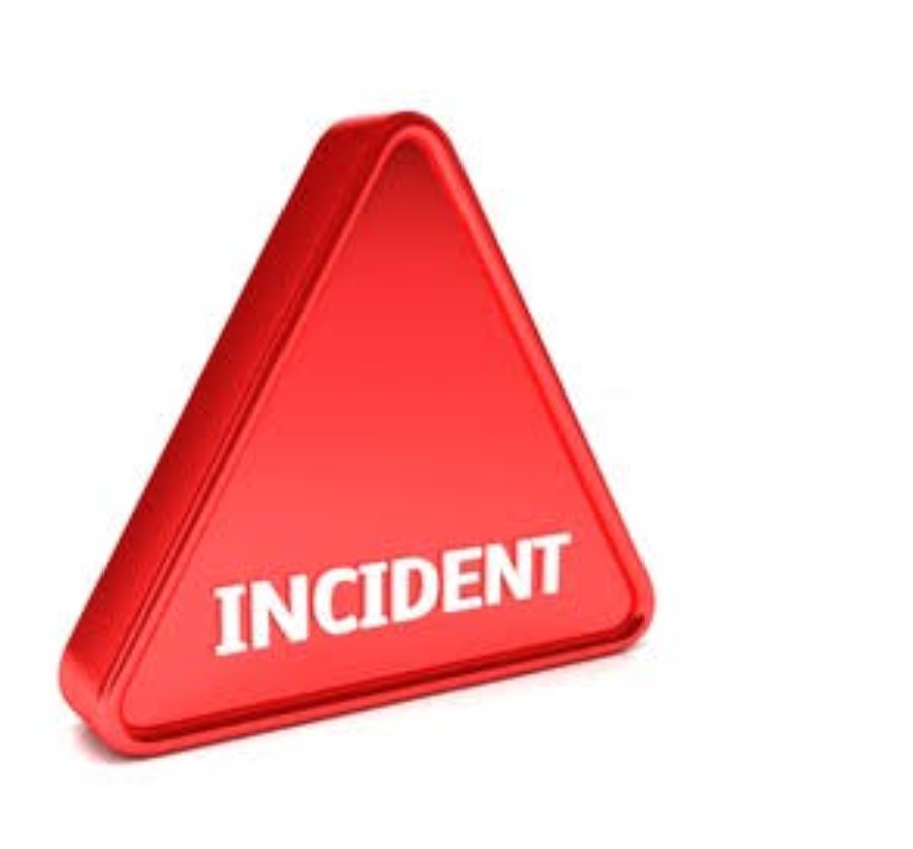



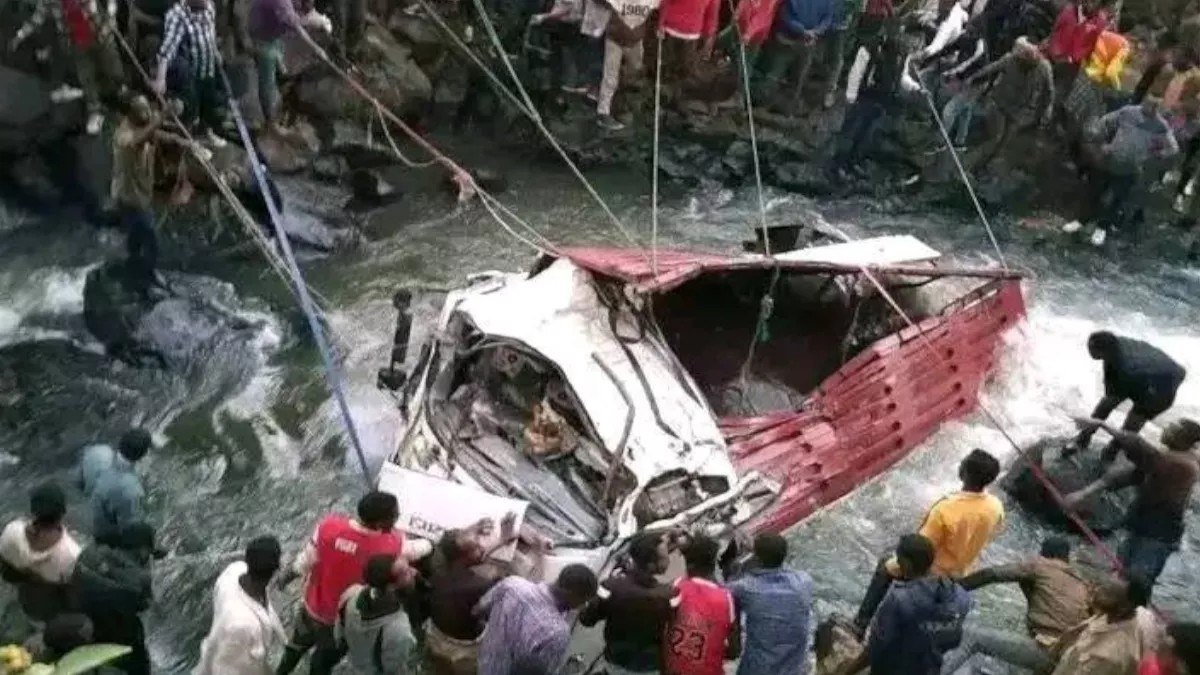
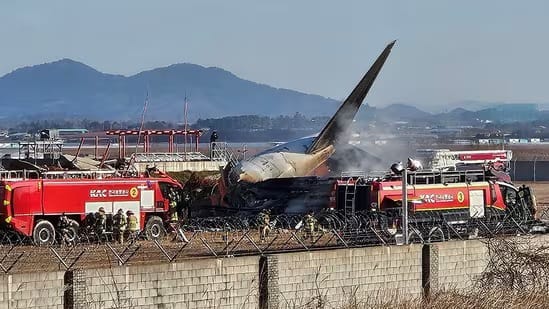
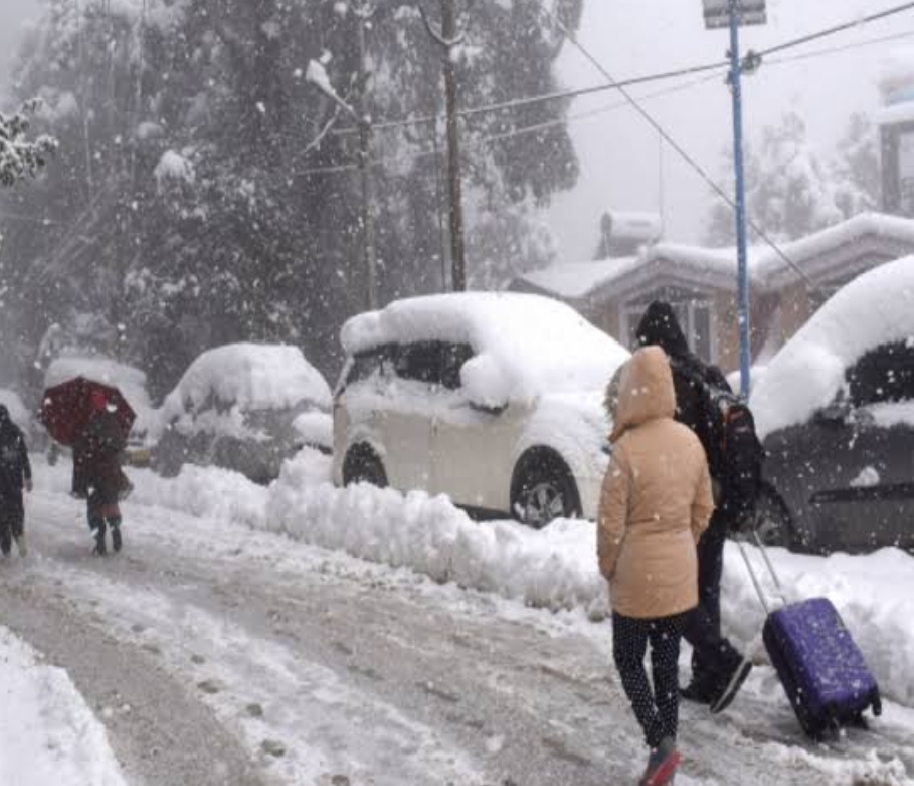
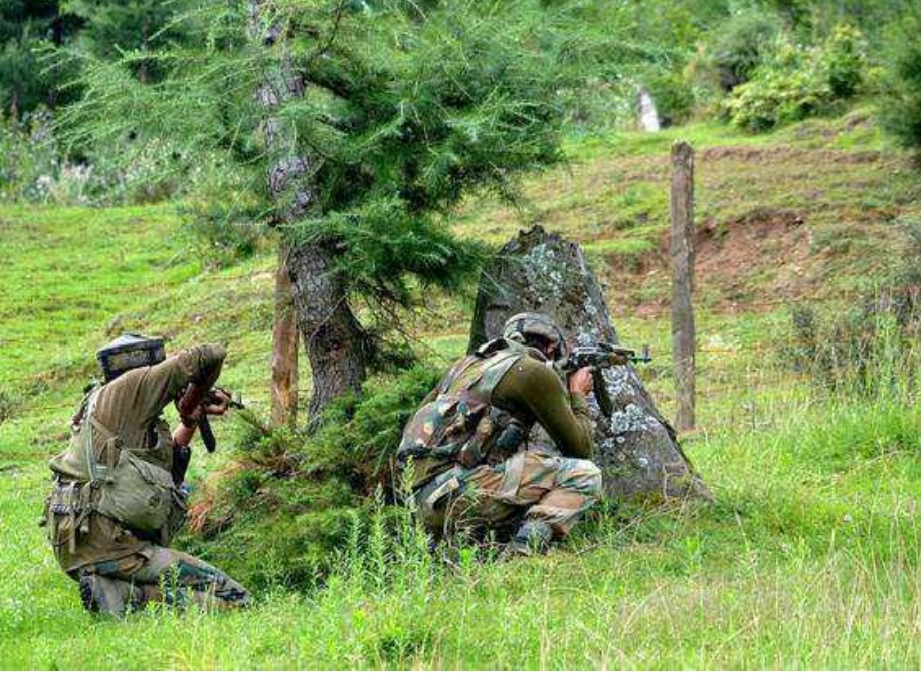


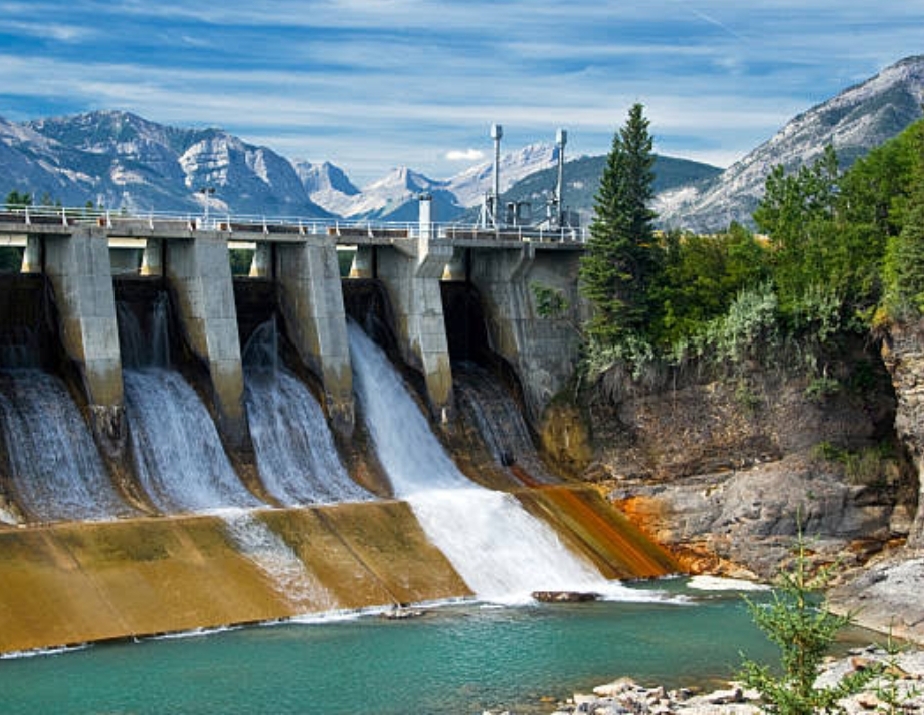

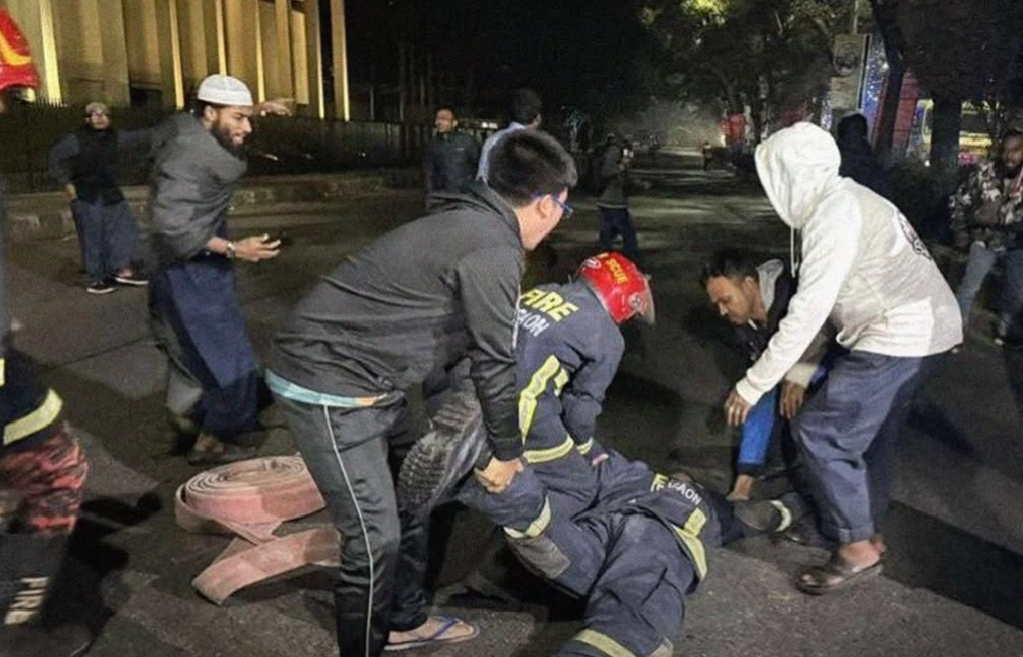
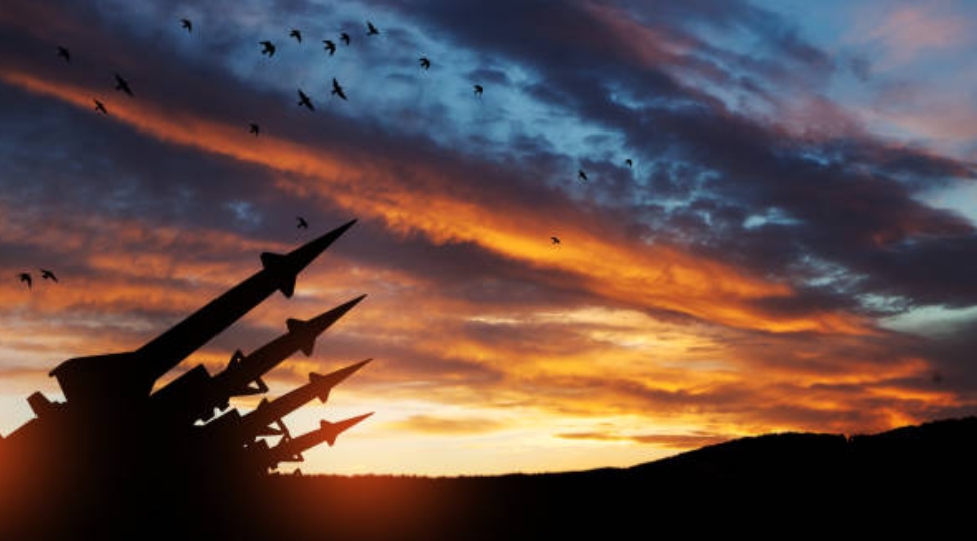
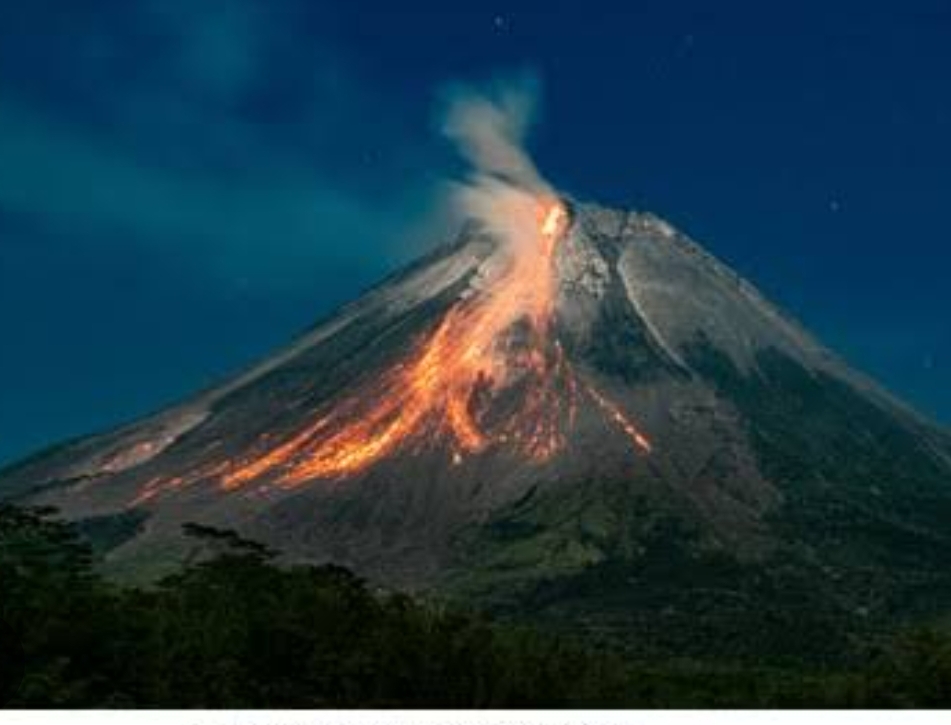



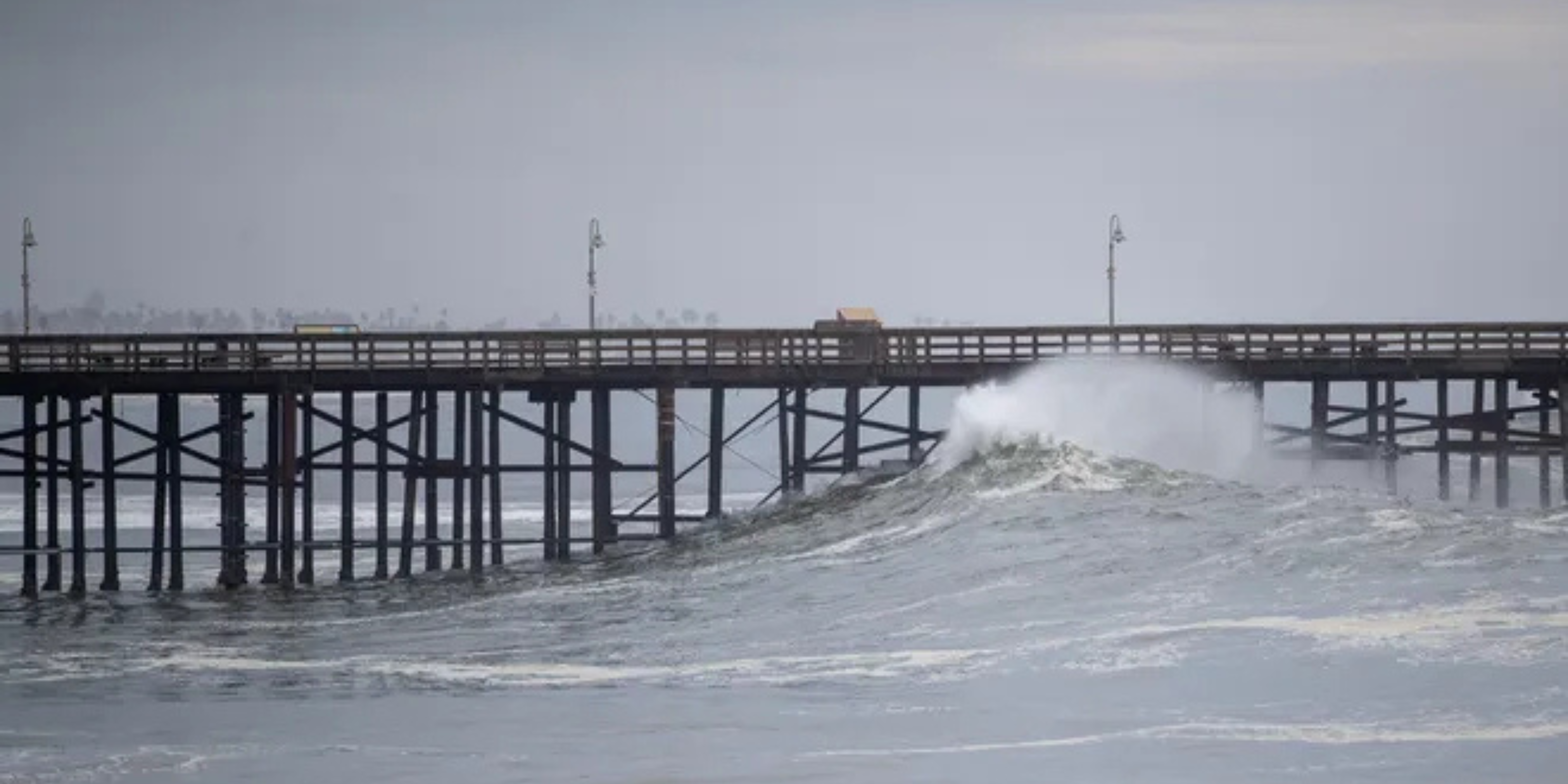





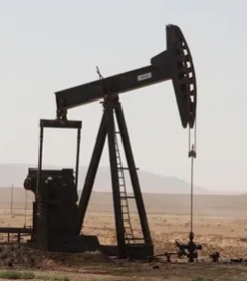





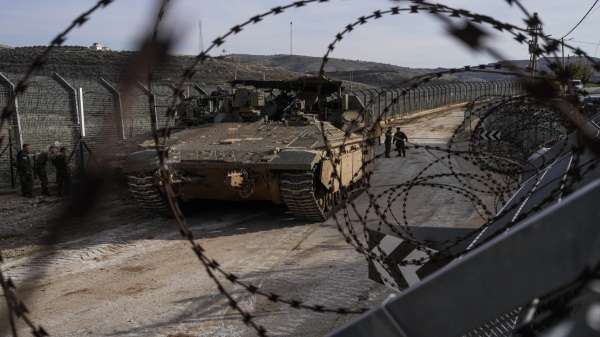
.png)








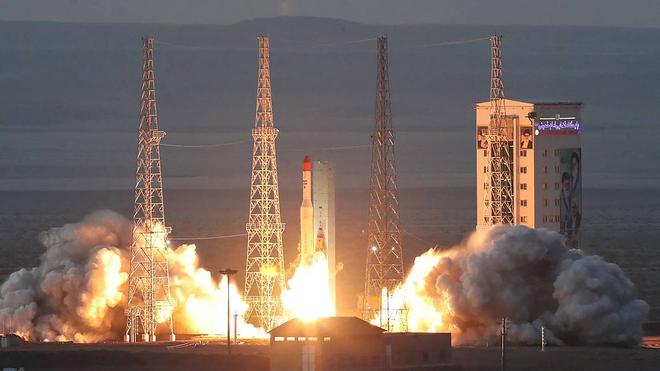





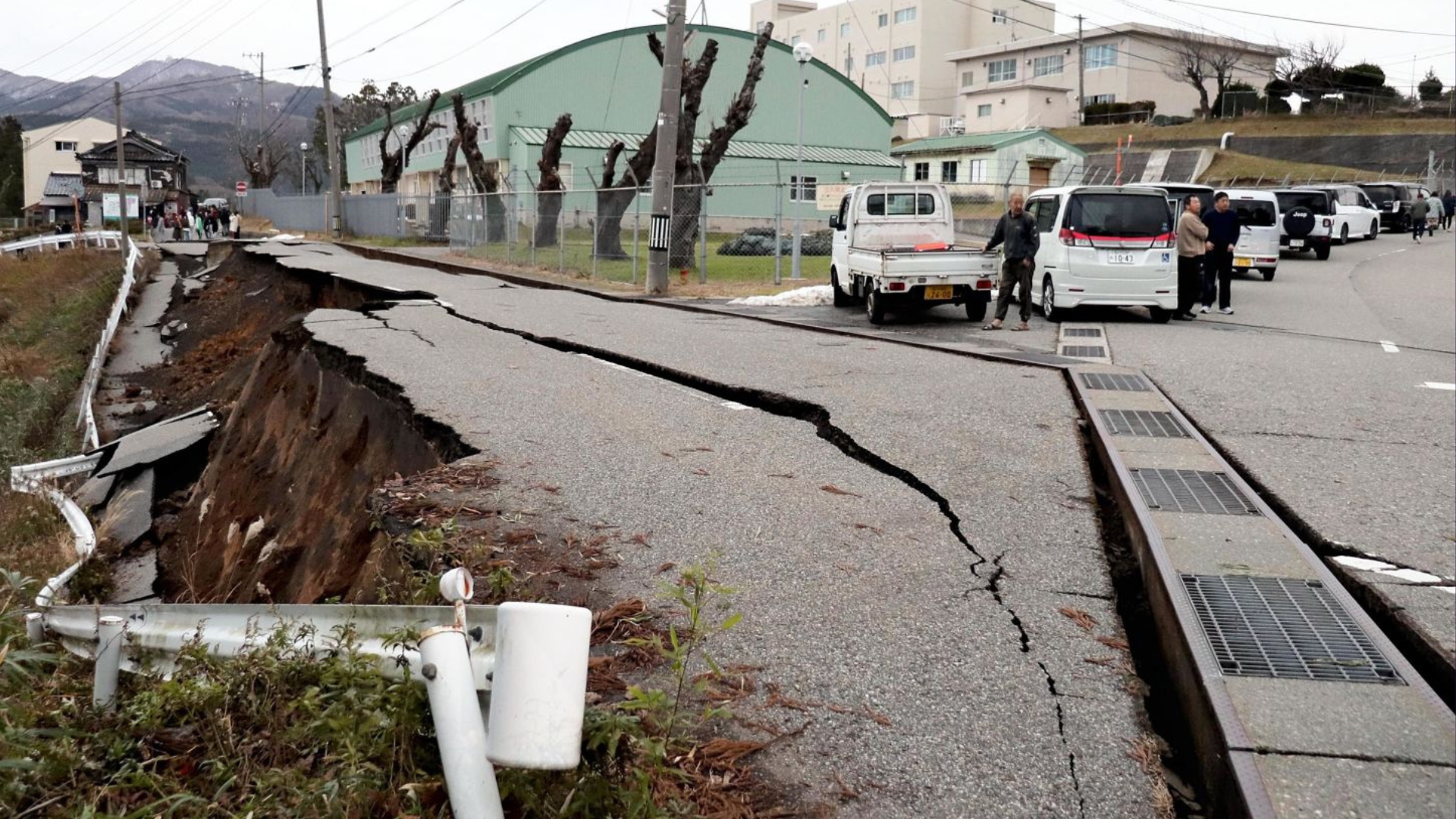
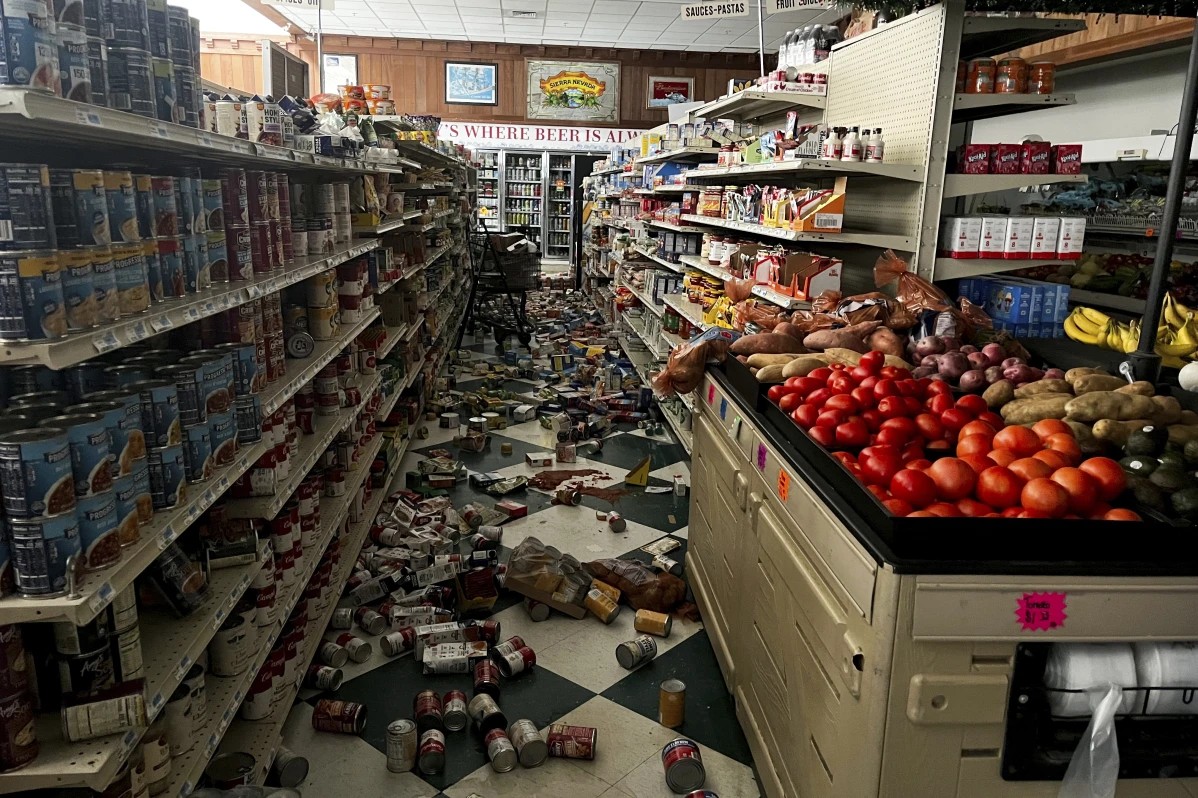


.png)

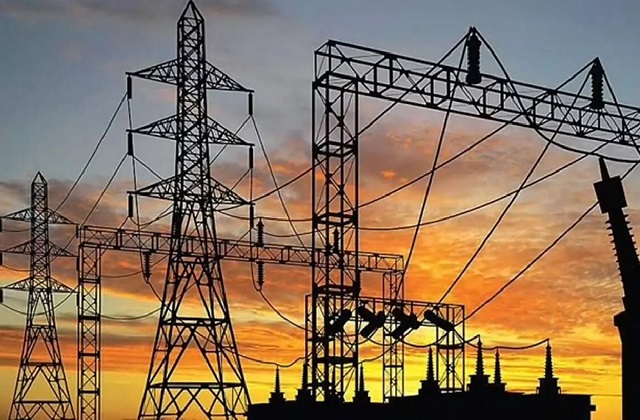

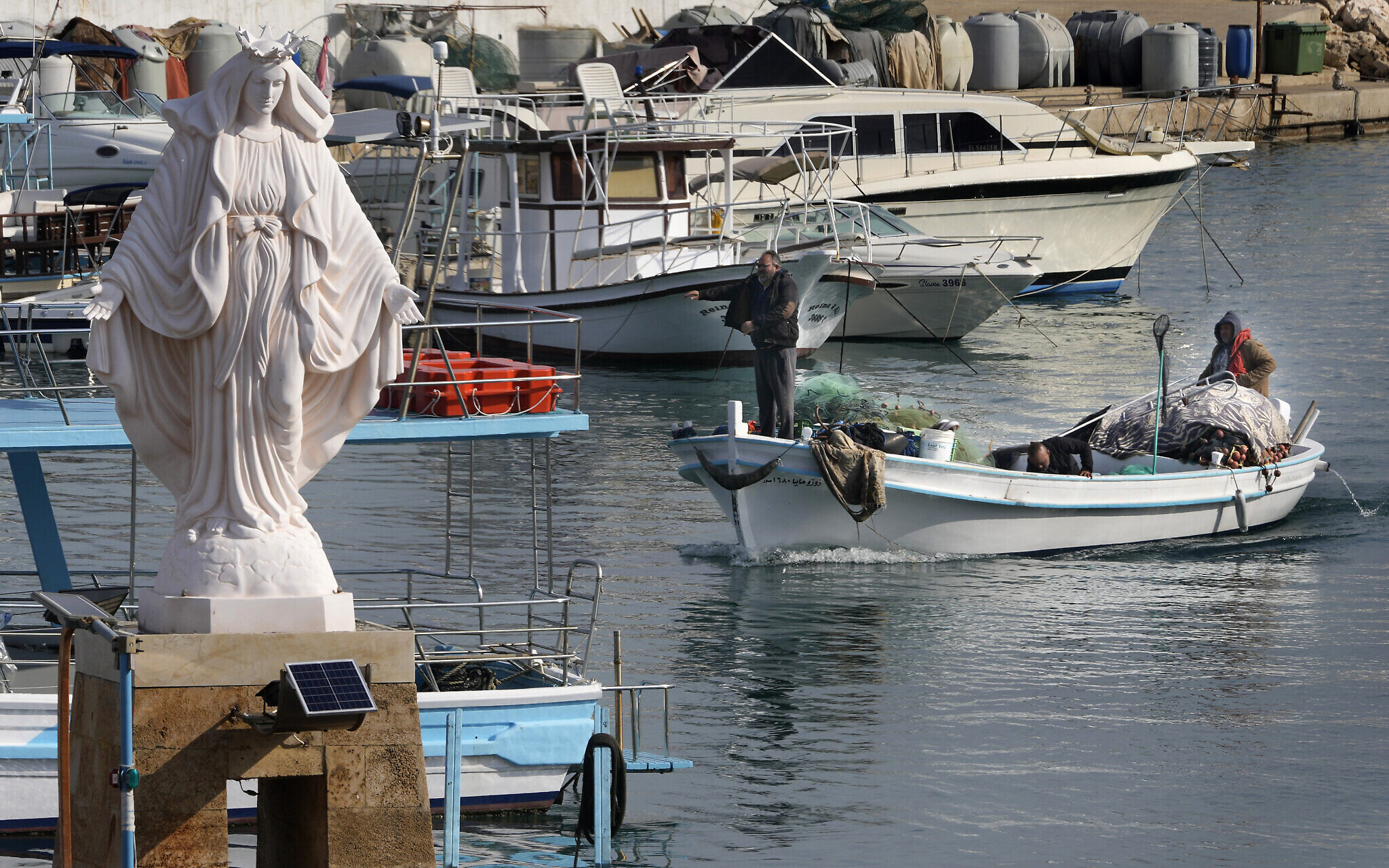
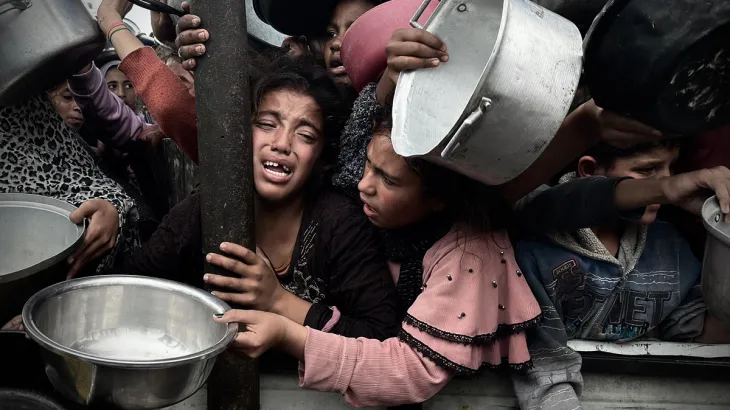

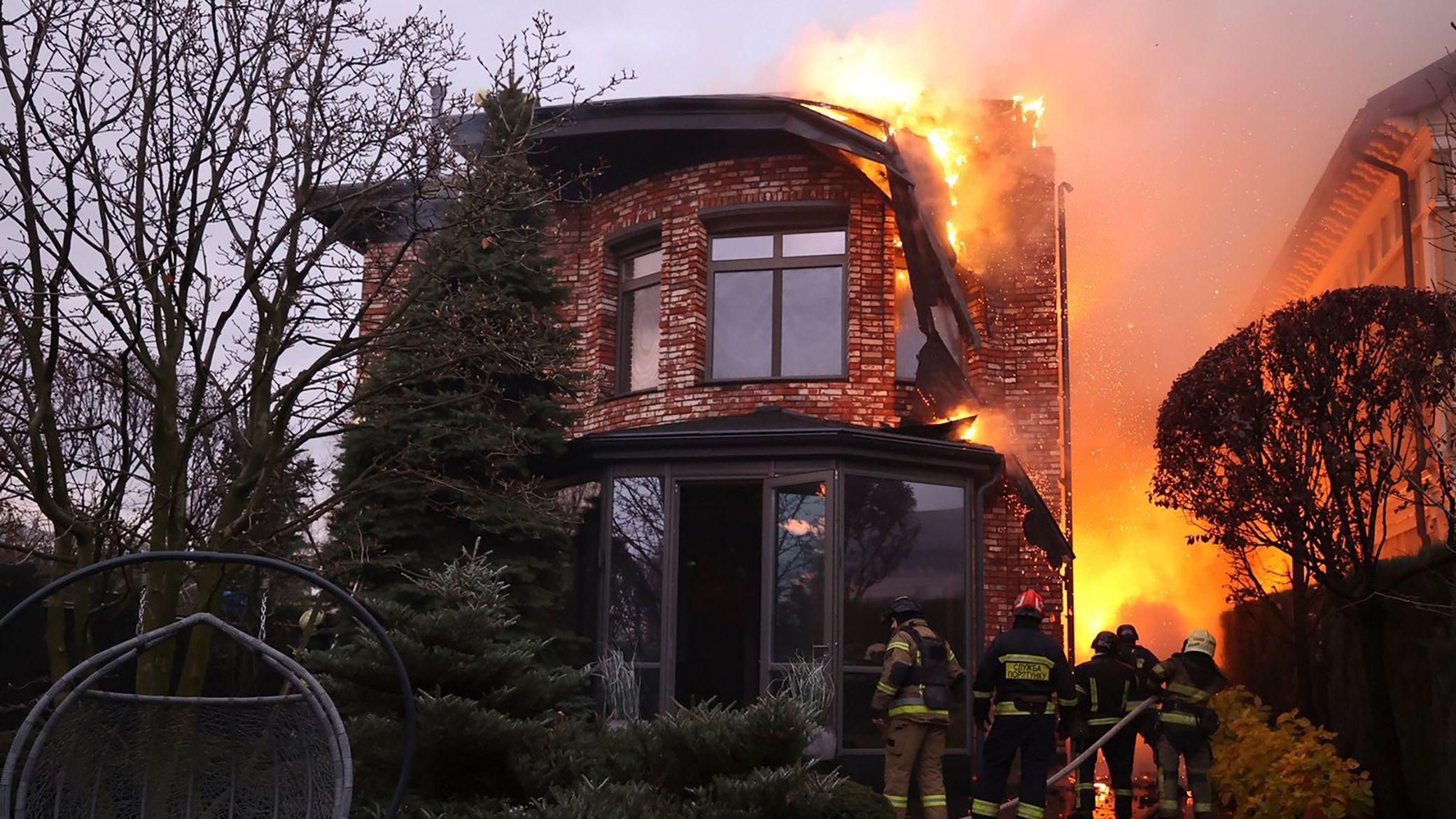
.jfif)
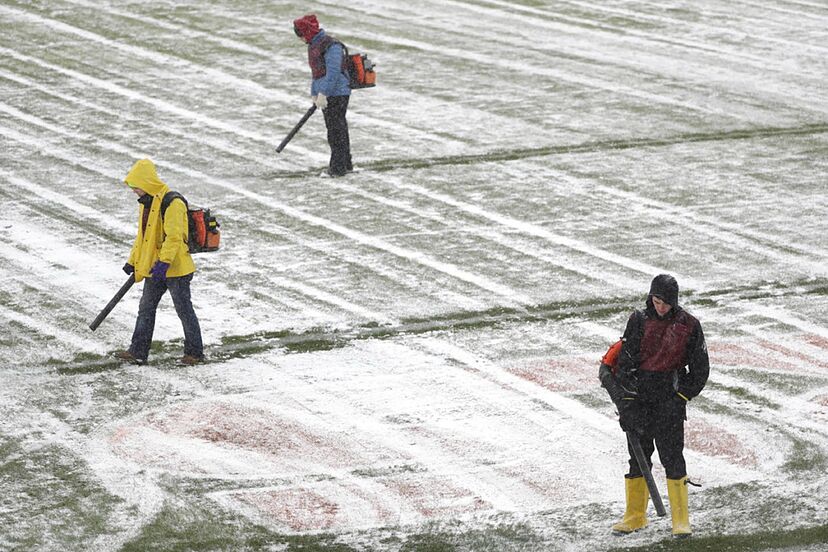

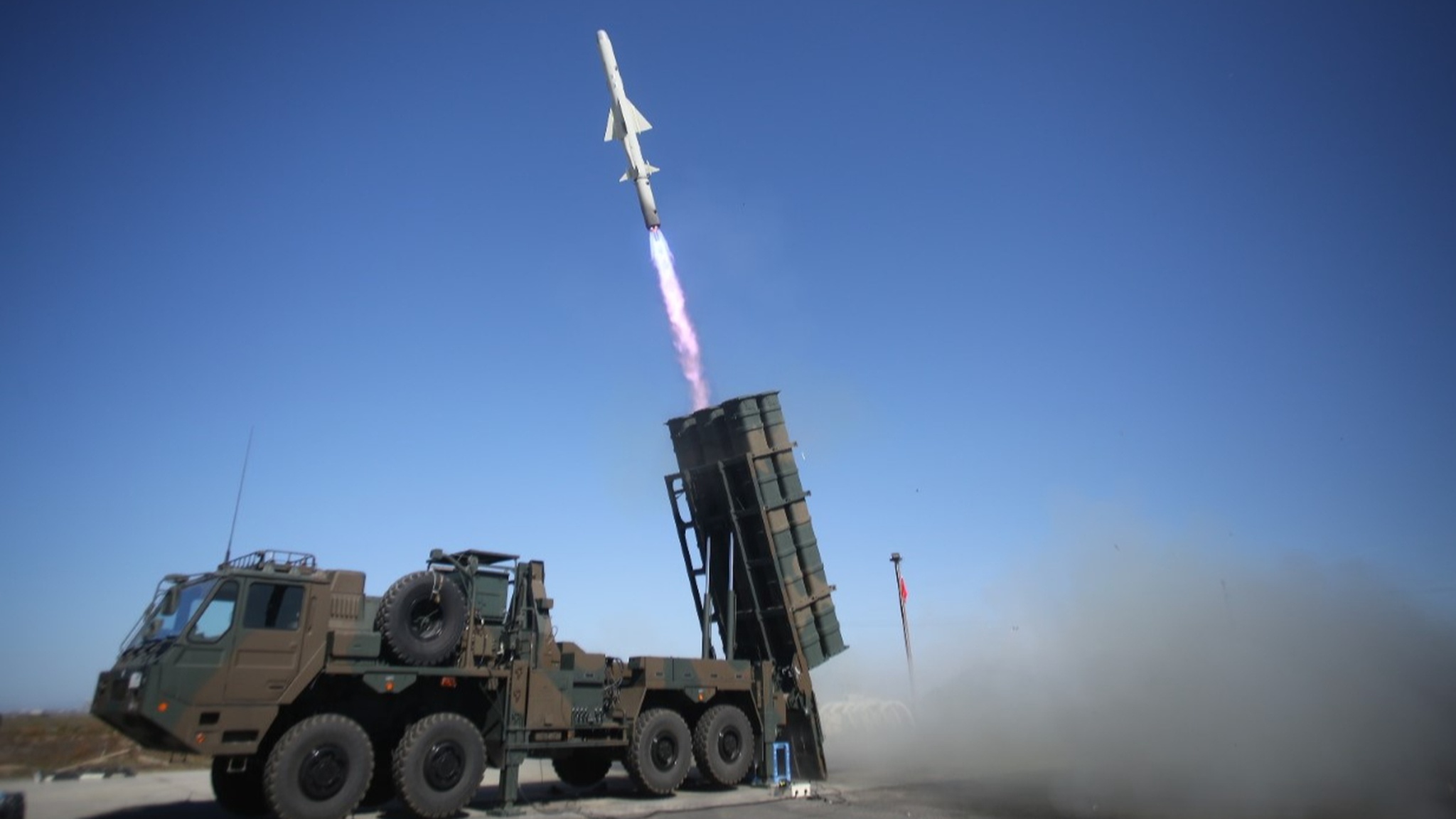








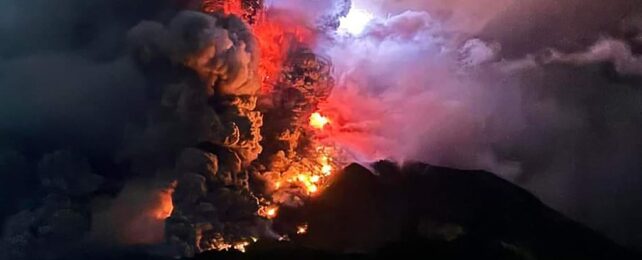



































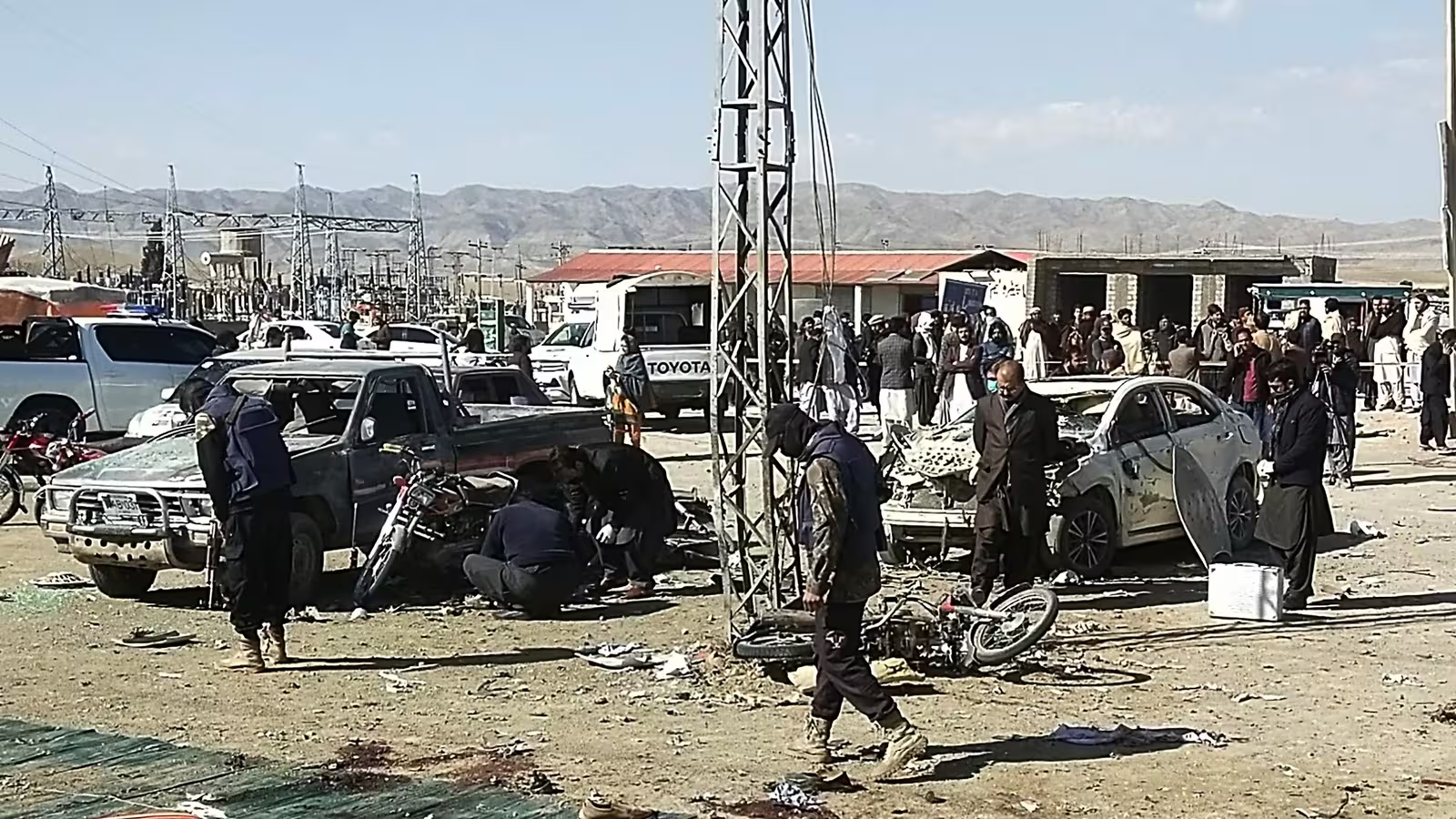




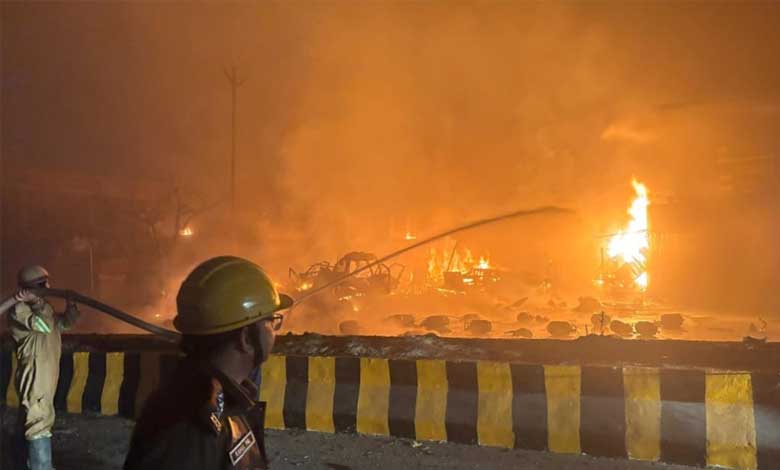












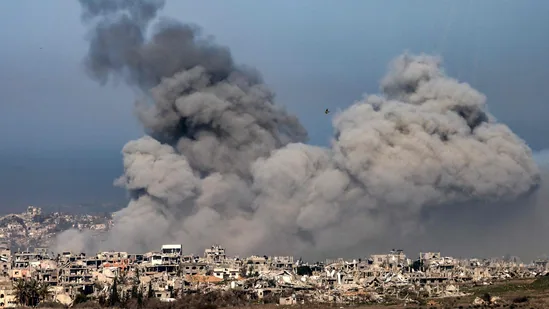
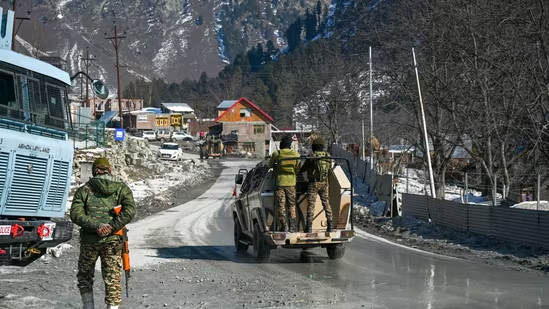

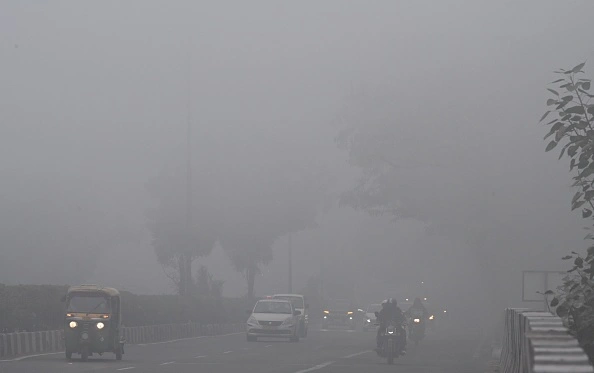

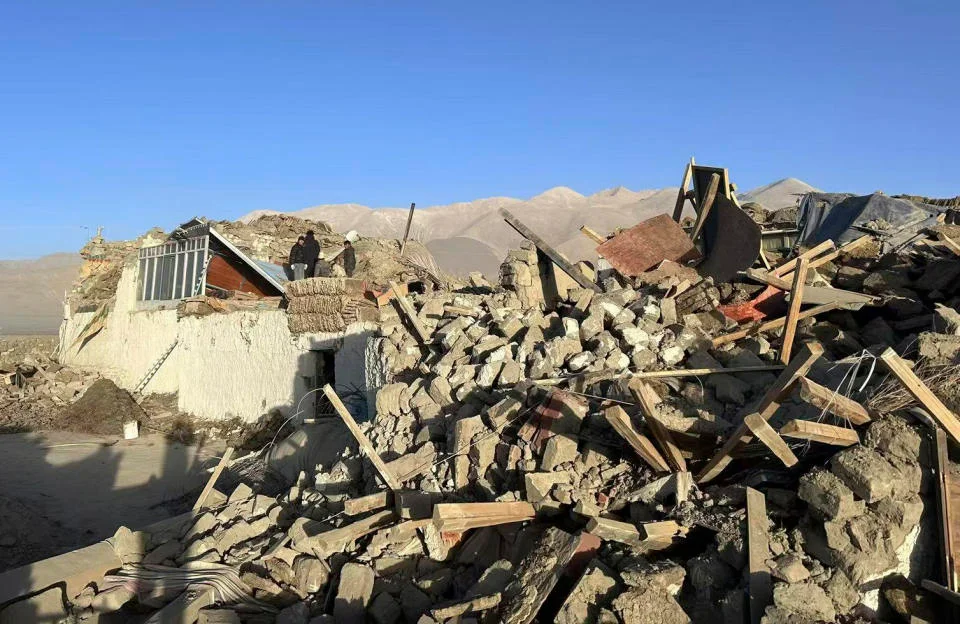



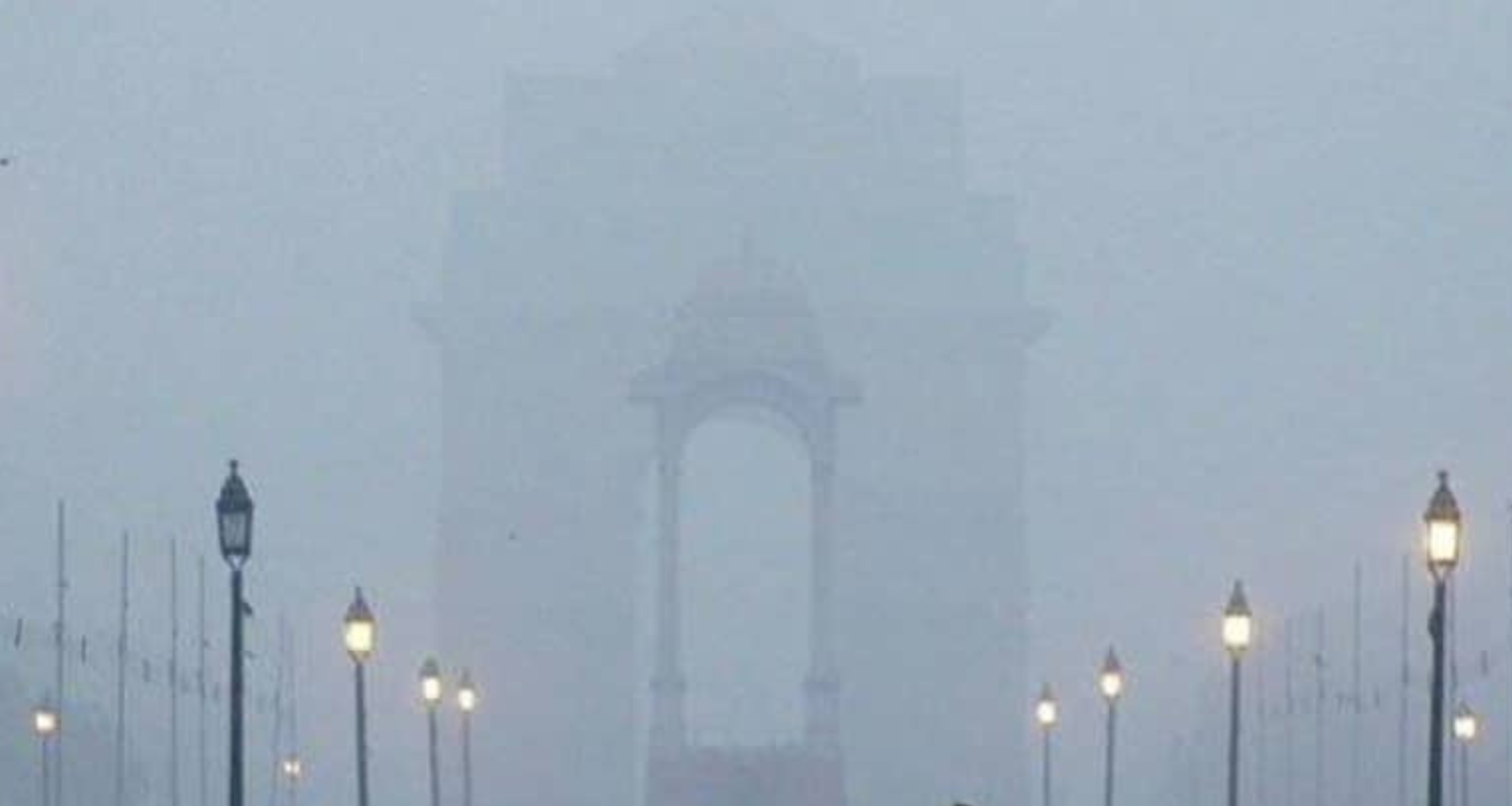




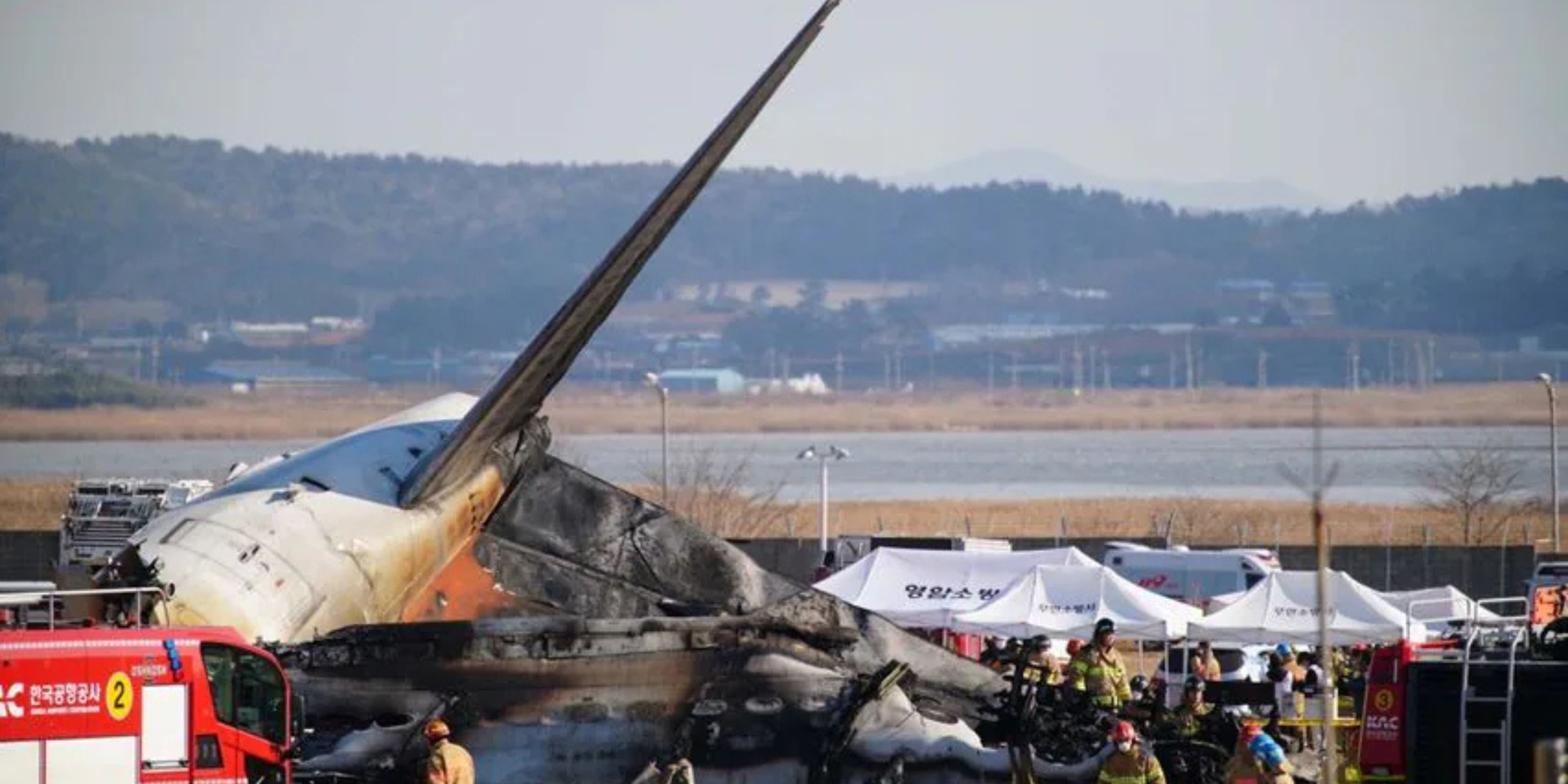

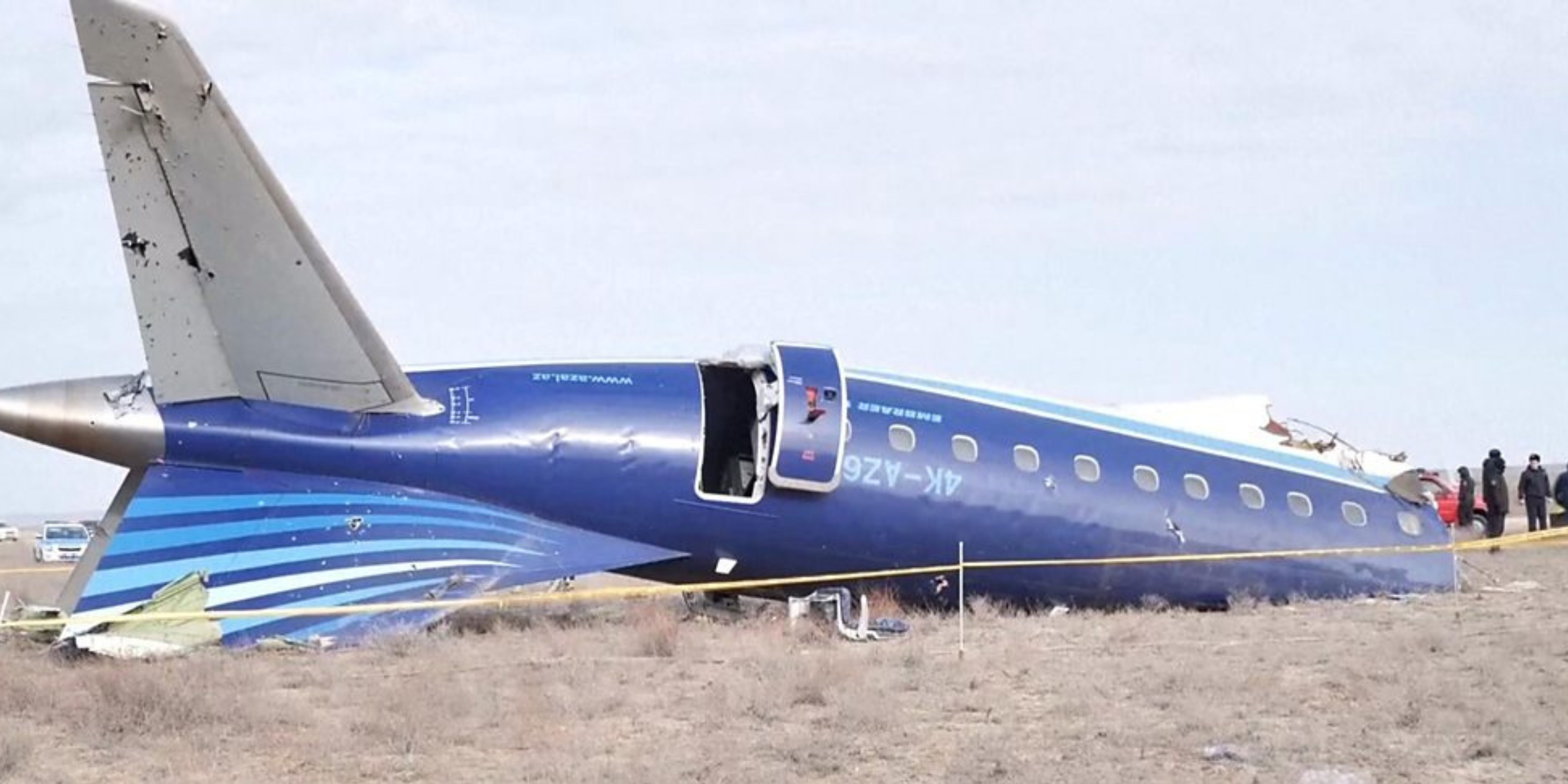










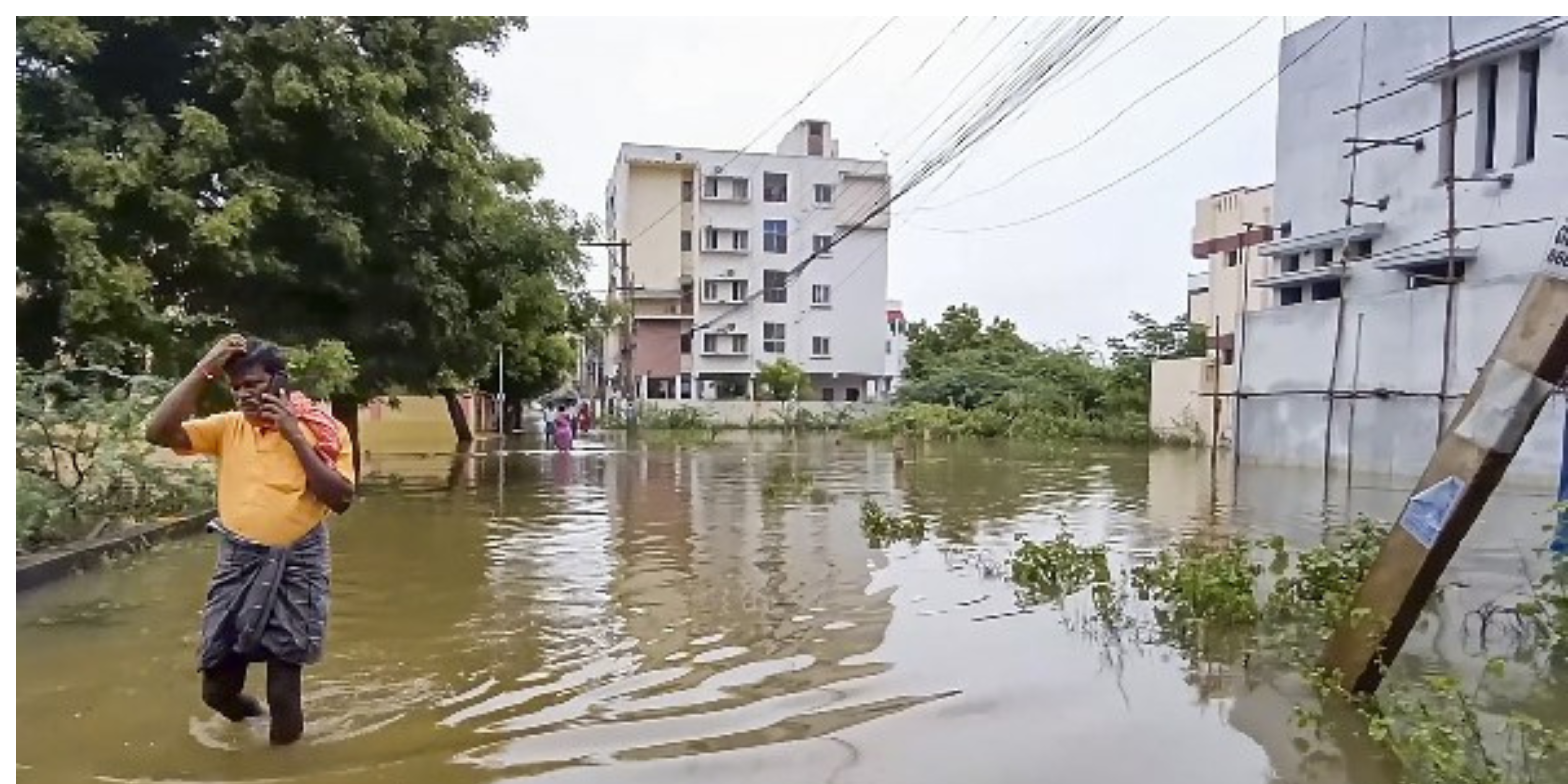
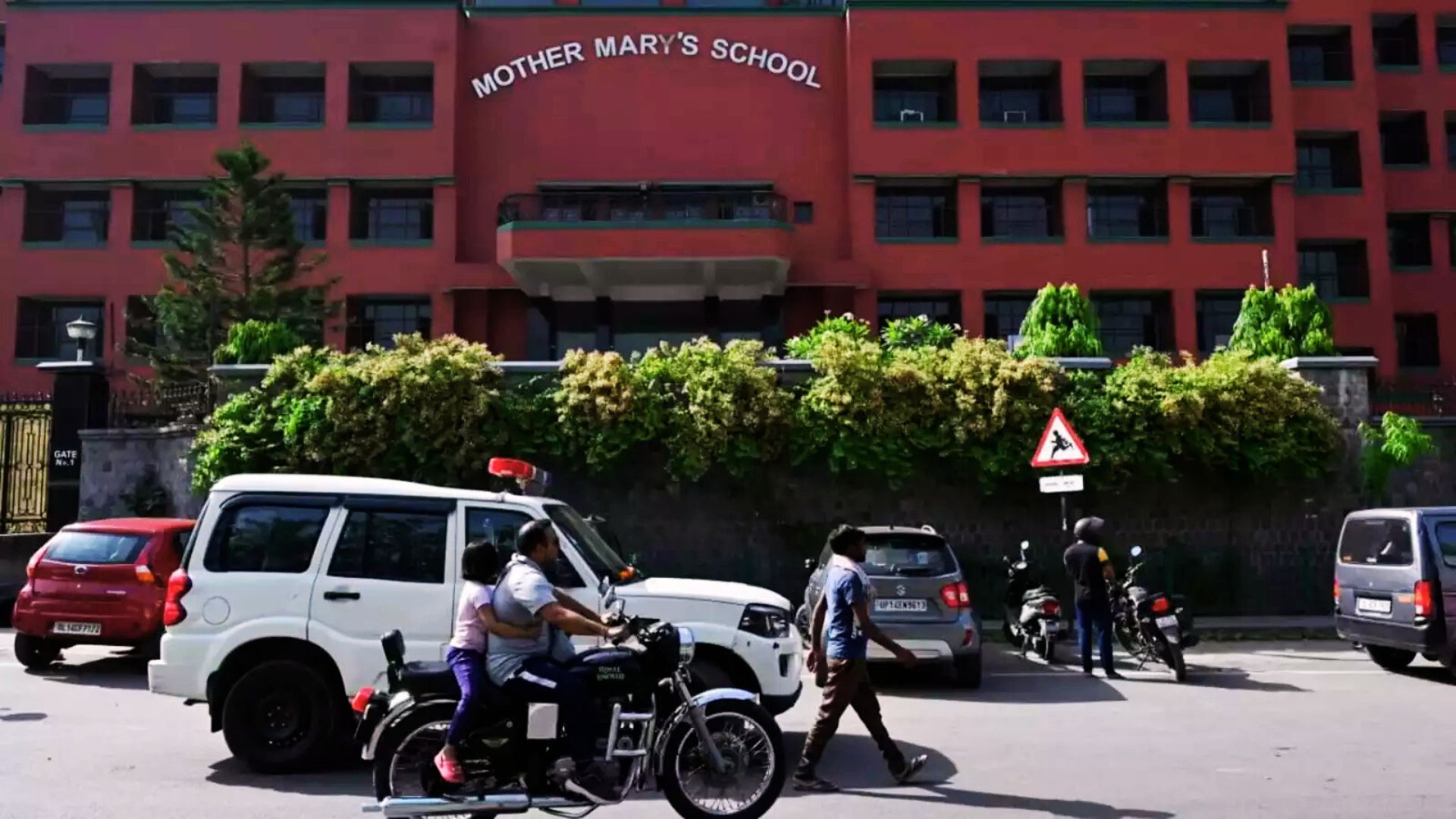





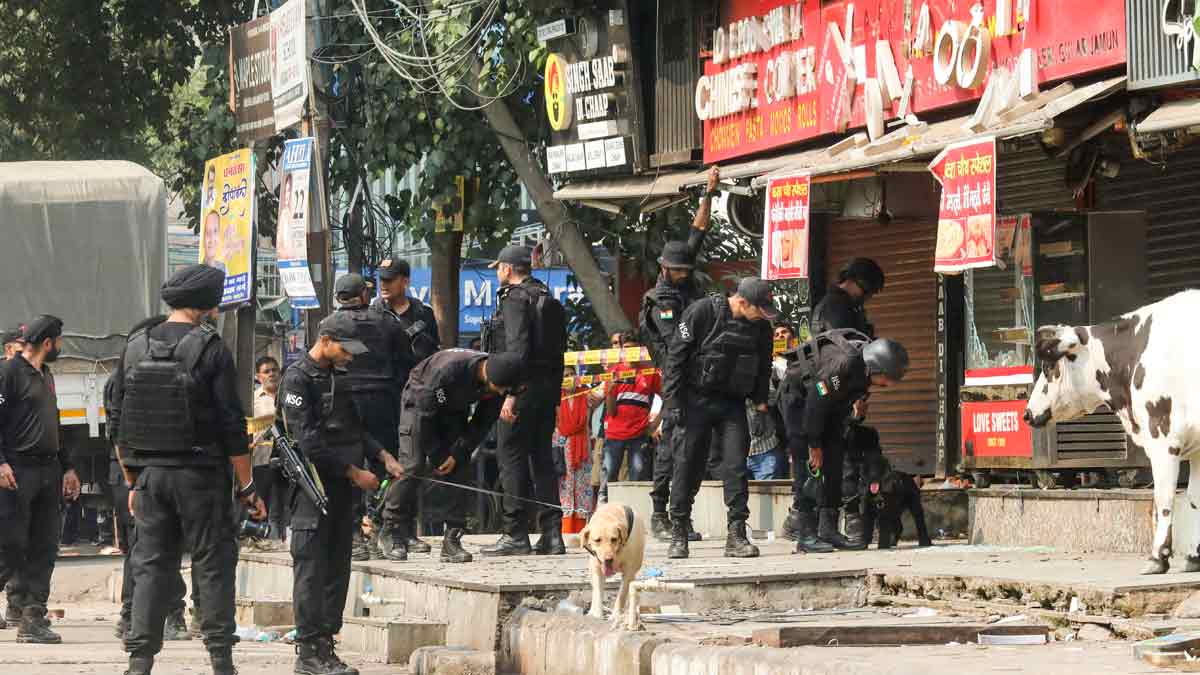
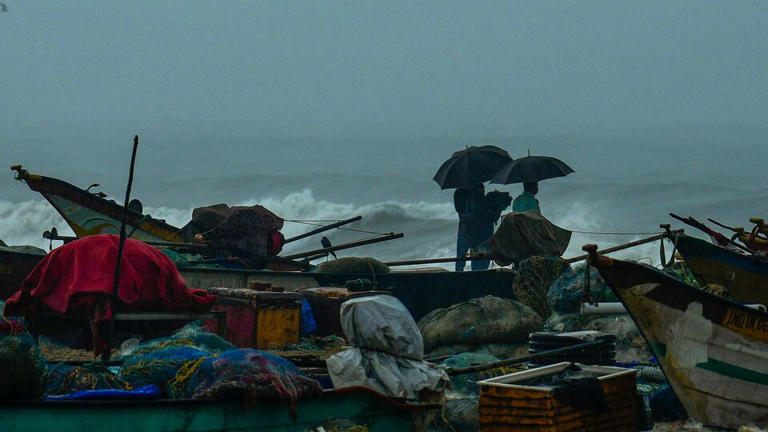


.png)
 (1).png)























